© ROOT-NATION.com - Use of content is permitted with a backlink.
If you’re not old enough and never played *NFC Underground*, you might not even know that the Mitsubishi Eclipse was a line of iconic two-door sports coupes produced from 1989 to 2011, spanning four generations of cars. But in recent years, a trend has emerged where manufacturers bring back the names of once-popular car lines and use them to launch what? That’s right, new vehicles that have no connection to the original model but follow the main automotive trend of today. Can you guess what I’m hinting at? Yes, the highly popular crossover or “soft-road SUV.”
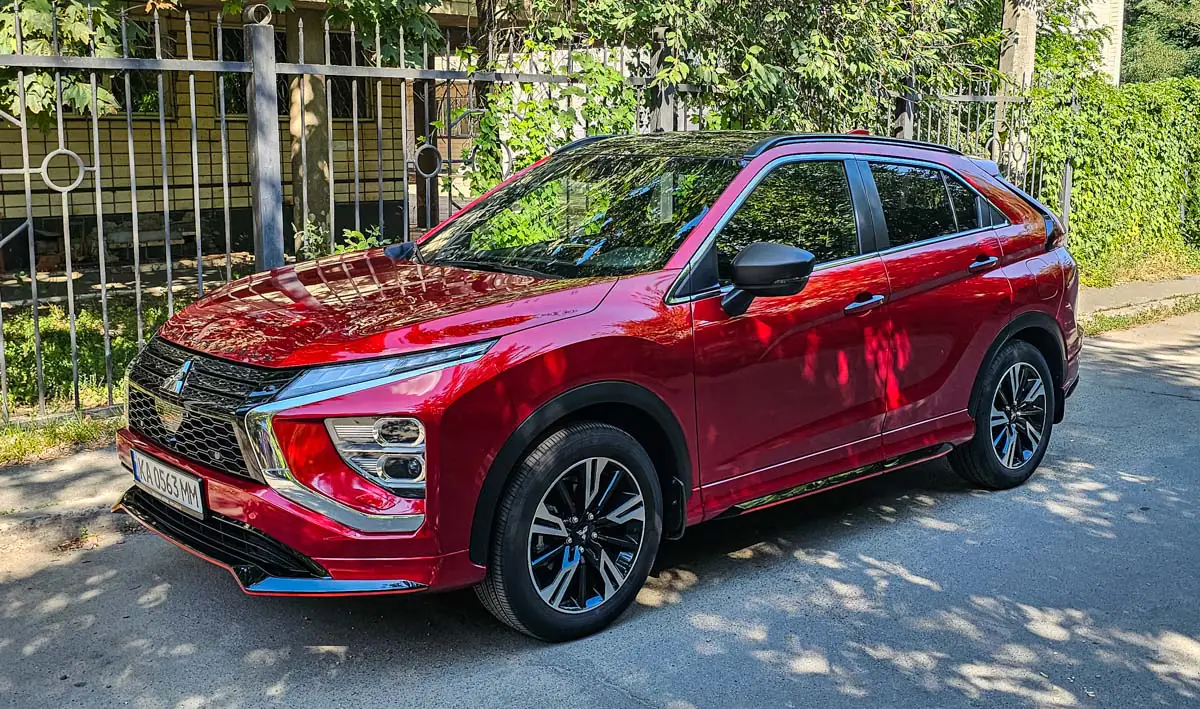
That’s exactly the origin story of the Mitsubishi Eclipse Cross—another mid-size SUV that made its way to my test drive. Let’s see what it’s capable of, shall we?
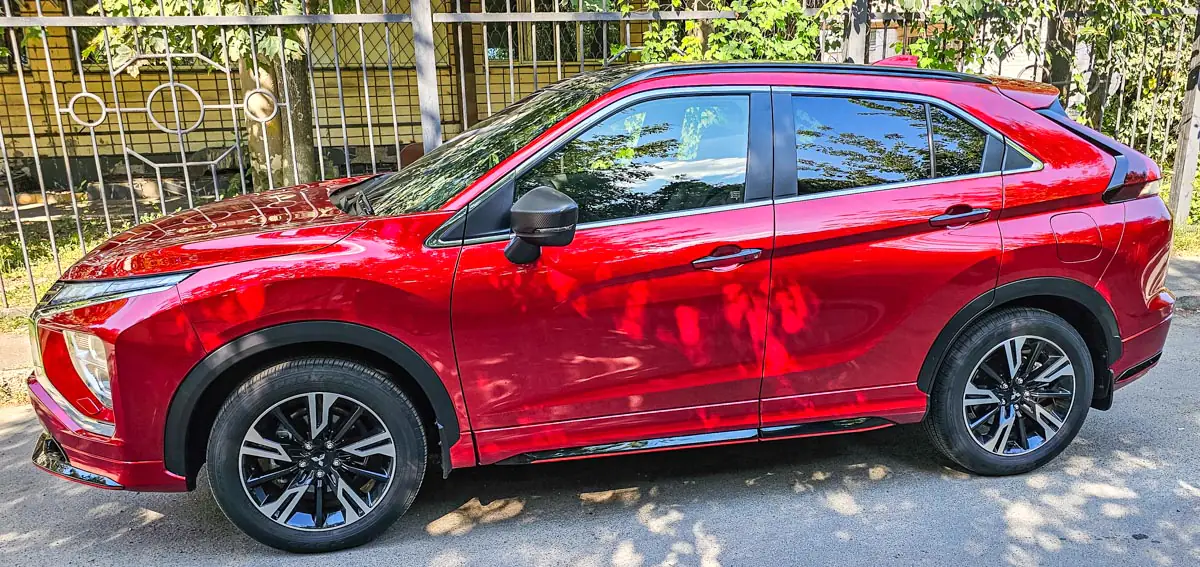
Positioning of Mitsubishi Eclipse Cross
The Eclipse Cross is a typical mid-size crossover with a body length of 4.55 meters. It’s offered at a standard starting price of around $30,000 for the base INTENSE version, but the model I tested was the top-tier ULTIMATE trim, which comes in at roughly $35,000. For an extra $5,000, you get a fairly solid package of additional features compared to the base model: a more fuel-efficient and slightly more dynamic turbo engine instead of a naturally aspirated one, all-wheel drive, a panoramic glass roof, a power liftgate, a leather interior, a head-up display (HUD), and many other options, including a full suite of safety assist features. Among competitors in terms of size, price, and equipment, I can mention the Škoda Karoq as a notable comparison.
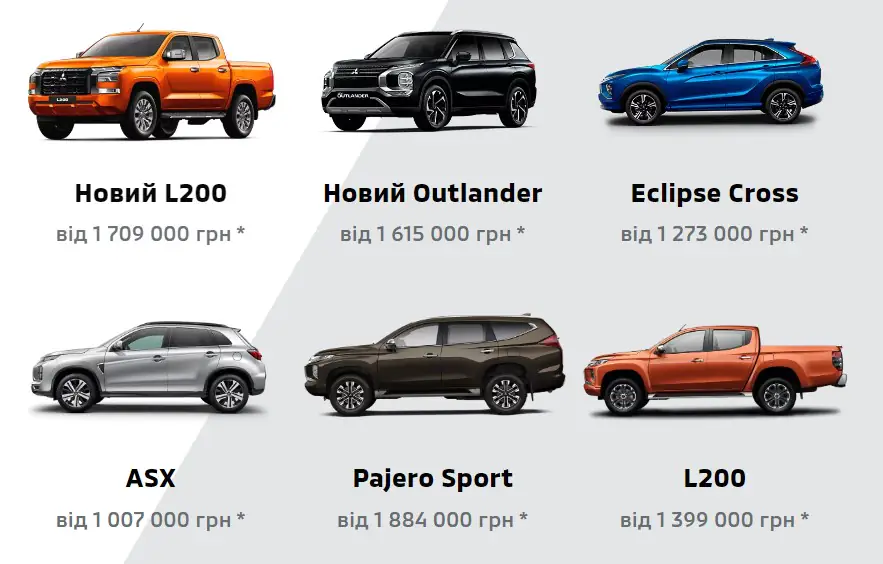
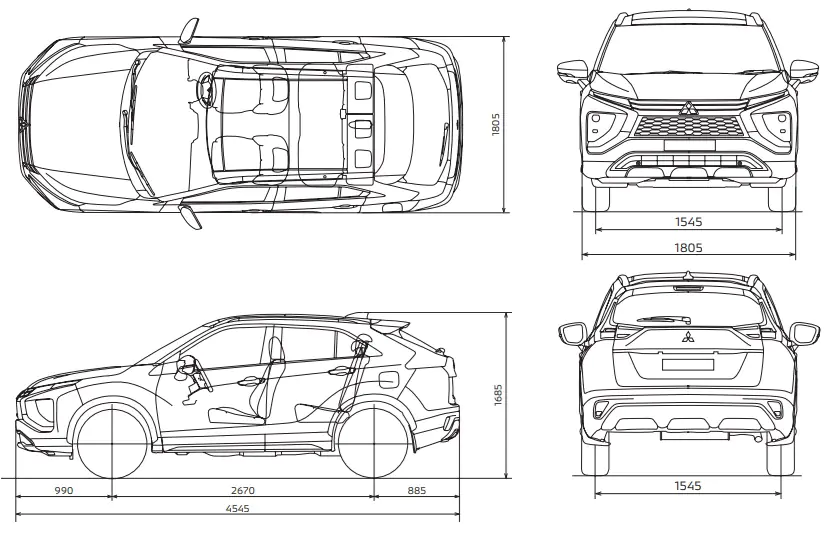
It just so happens that I have some experience with crossovers of this size. I recently reviewed the Karoq, and tomorrow I’ll be testing a similar car, the Mazda CX-30, while continuing to write this review. So, I’ll have a few comparable vehicles in this class to measure against the Mitsubishi Eclipse Cross, and I’ll occasionally reference them throughout. Don’t be surprised! That said, you shouldn’t expect a direct comparison here, as that’s not the main focus of this review.
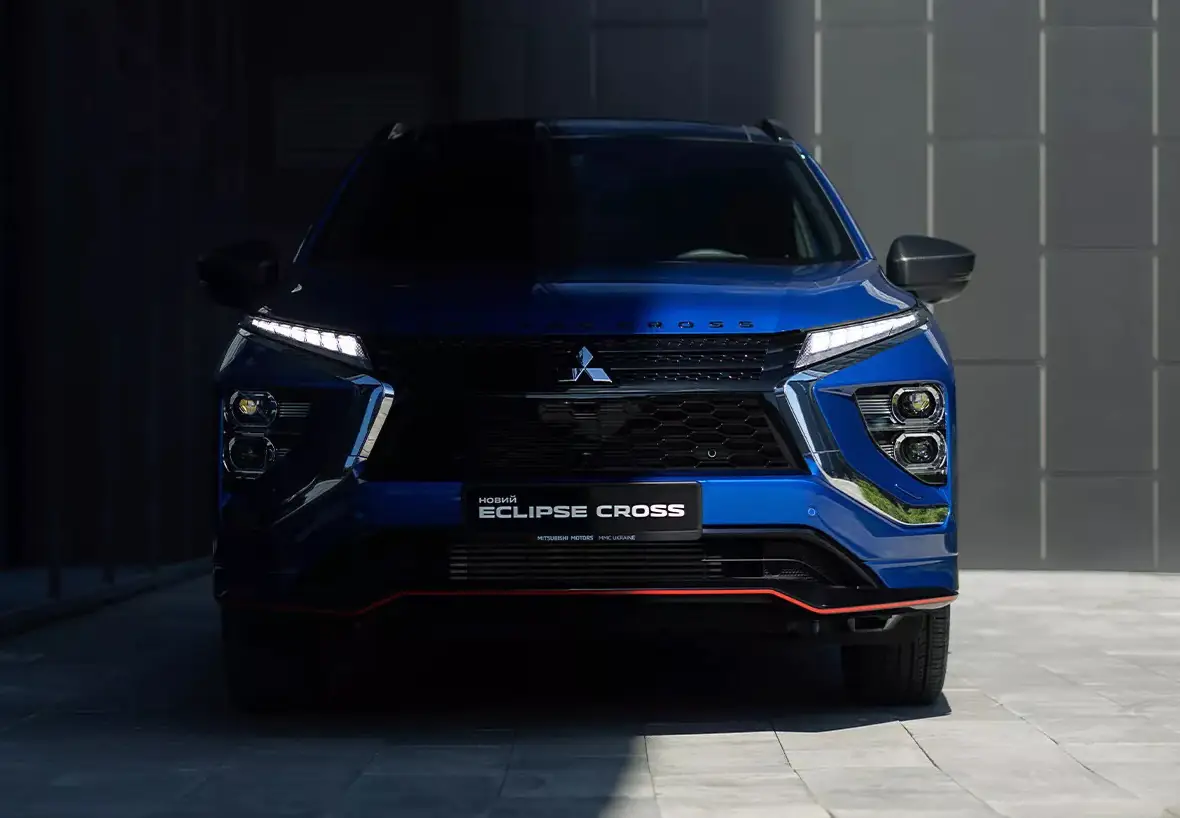
Read also: Mazda CX-60 Premium-Sport Review: Not Enough Premium Quality, But Too Much Sport
Exterior
The exterior of the Mitsubishi Eclipse Cross features a complex design composed of numerous elements. These elements vary in color, finish, and texture. There’s glossy metallic paint, black glossy plastic, both matte black and silver plastics, carbon-look trim, chrome details, and a metal roof rail.
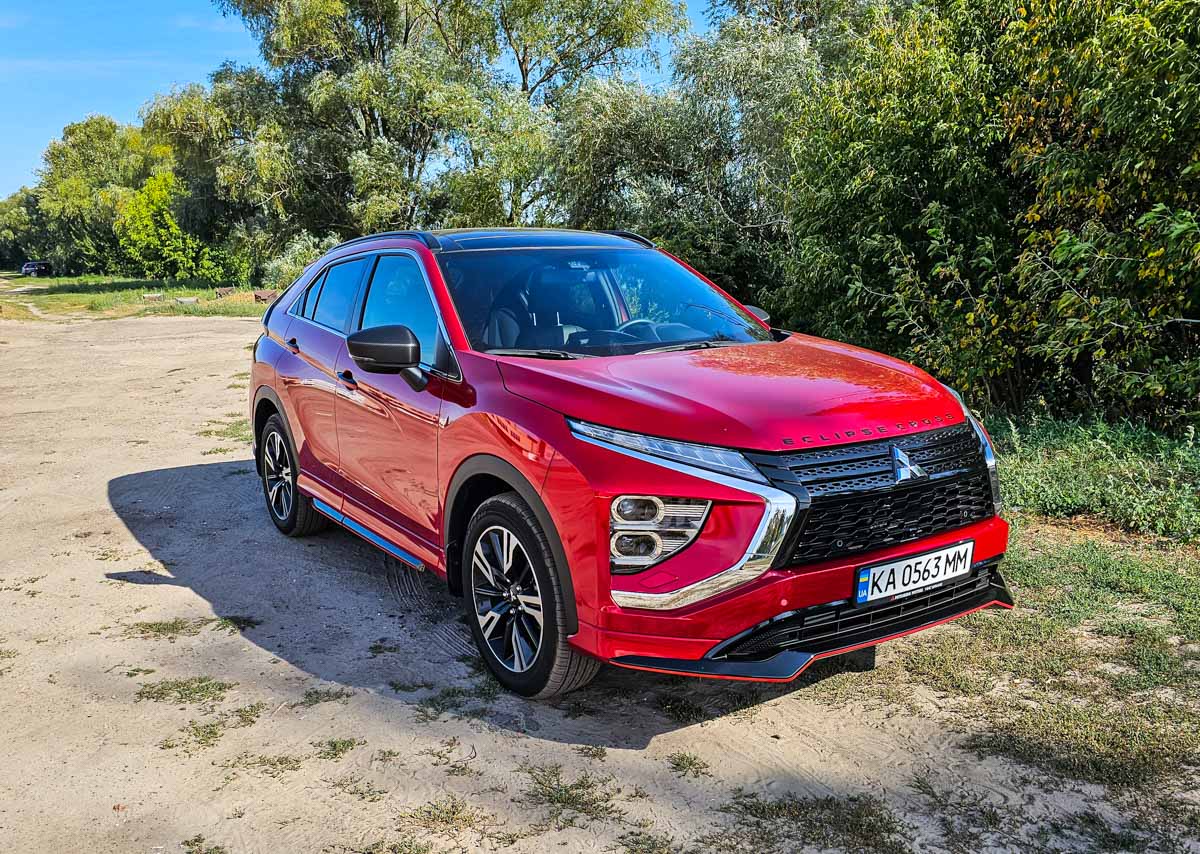
Up close, it might seem that the designers went a bit overboard with the variety of details and materials. But step back a little to take in the whole picture, and you’ll see it all comes together impressively—each element blends quite harmoniously.
Mitsubishi Eclipse Cross Design
The Mitsubishi Eclipse Cross has an impressive exterior. Its design is bold and expressive, yet modern and distinctly original. The smooth curves of the body are combined with sharp horizontal lines that emphasize the car’s dynamic look and unique Japanese character, making it truly striking.
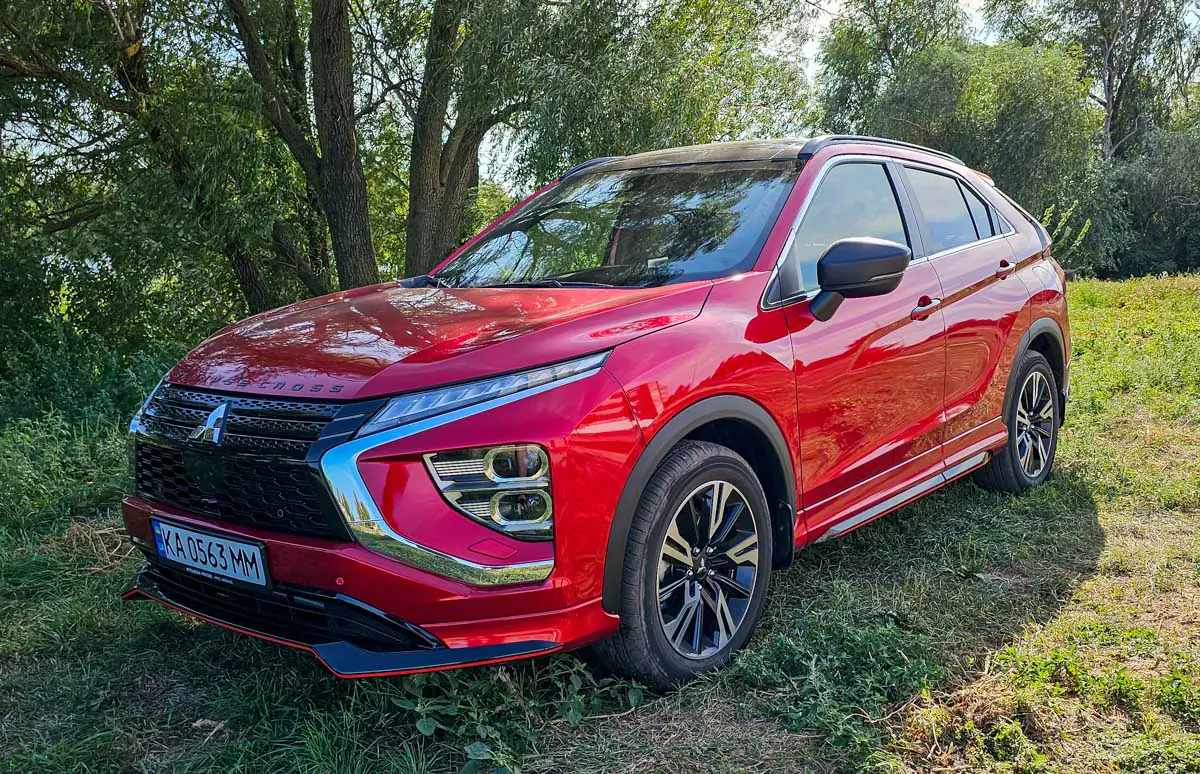
The car’s styling remarkably blends sportiness with elegance in a harmonious way. Notably, this design is universal and fully unisex—it’s likely to appeal to anyone, regardless of age or gender. Just pick your color!
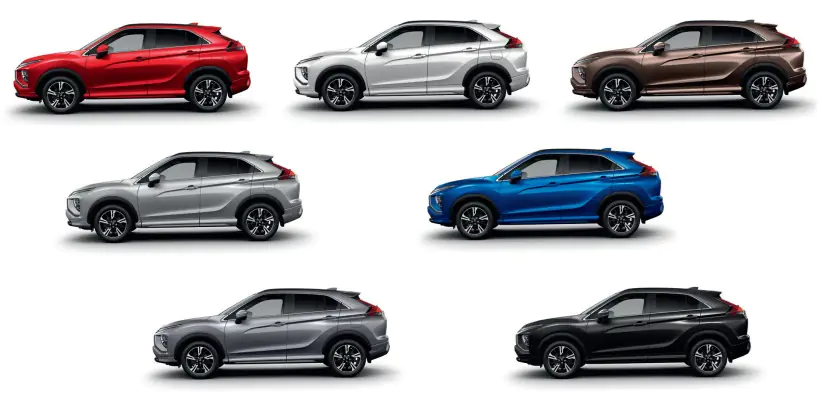
Headlight
The car is equipped with fully LED front headlights. The main light features an upper horizontal unit that serves as both daytime running lights and turn signals, along with a lower two-level unit that houses the high and low beam headlights, as well as the fog lights.
Unfortunately, the main headlights are not adaptive, and there’s no automatic cutoff feature to prevent dazzling oncoming or adjacent vehicles. However, the light sensor automatically turns on the low beams in low-light conditions. Additionally, a camera under the windshield enables the automatic switching between high and low beams. The headlights come with a manual adjustment control from inside the cabin. Furthermore, the more expensive trim of the car includes headlight washers.
Side view mirrors
The Eclipse Cross is equipped with standard European-format mirrors featuring electric adjustment, heating, and an automatic folding function. Each mirror also has a built-in LED turn signal repeater. To enhance its sporty style, the mirror housings are made of plastic with a carbon-look finish.
Read also: Škoda Octavia A8 Review: When You Get More Than You Expect
Door handles and central locking
The Mitsubishi Eclipse Cross features a central locking system with keyless entry. However, only the front door handles are equipped with buttons for locking the car.
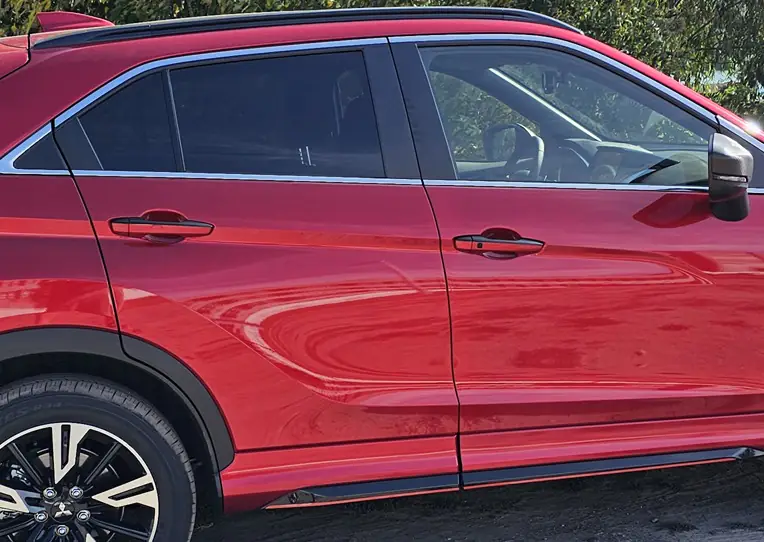
Overall, the door handles look a bit outdated compared to competitors, as modern cars primarily use touch sensors rather than buttons. Additionally, I haven’t seen physical key locks in vehicles of this class for a long time; they are usually covered with caps.
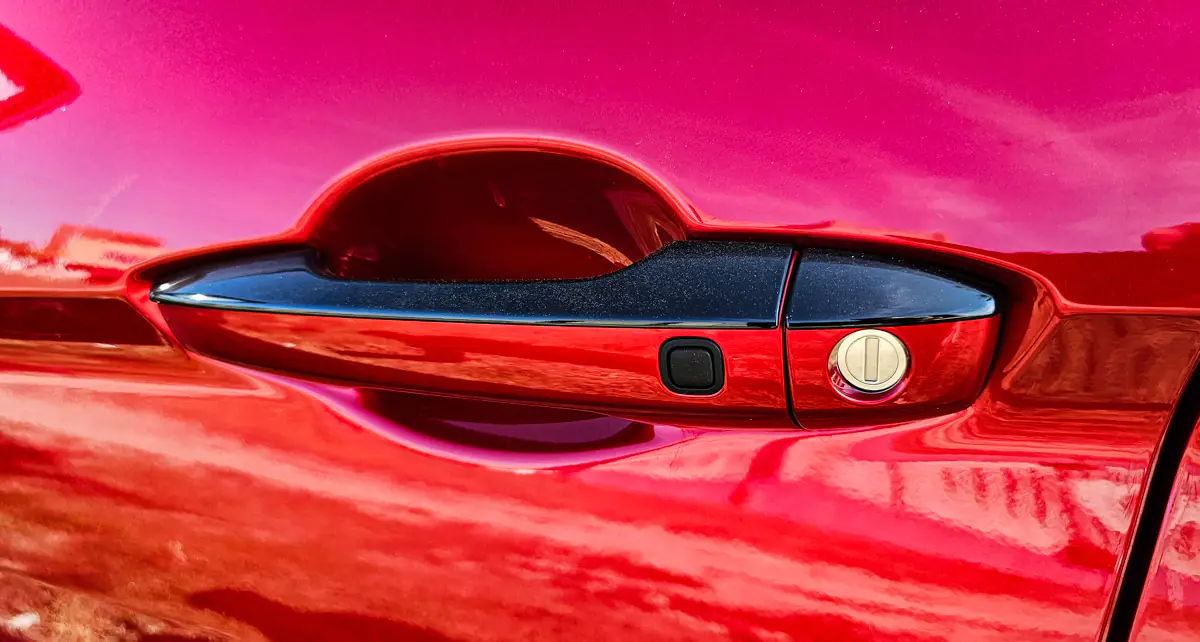
On the other hand, I can easily justify the conservative approach to the handles. Buttons are generally more reliable than sensors, completely eliminating the risk of accidental activation, such as during a contactless self-service car wash. The physical lock on the driver’s door raises no concerns if you need to quickly unlock the central locking with a key. An unusual detail I noticed is that on the red car, the top edges of the handles are painted black, while the bottom matches the color of the vehicle.
Wheels
The test sample of the Mitsubishi Eclipse Cross is equipped with 18-inch two-tone alloy wheels, which can be considered a typical size for crossovers in this class. Accordingly, the vehicle is fitted with tires sized 225/55 R18. The wheel design is intricate—modern with a sporty flair—perfectly aligning with the overall image of the car.
Taillights
The rear lights are also fully LED, including the running lights, brake lights (which are duplicated by a central block in the spoiler above the rear window), turn signals, and reverse lights. The shape of the main lights is somewhat quirky, featuring a vertical bulge towards the rear pillars. Overall, this gives the car a rather futuristic appearance.
Trunk lid, luggage compartment
The standard access to the trunk is through the rear hatch, which features an electric lift mechanism for opening and closing. Additionally, the higher trim of the vehicle includes a “hands-free” function, allowing you to open the trunk with a foot swipe under the bumper—very convenient when your hands are full.
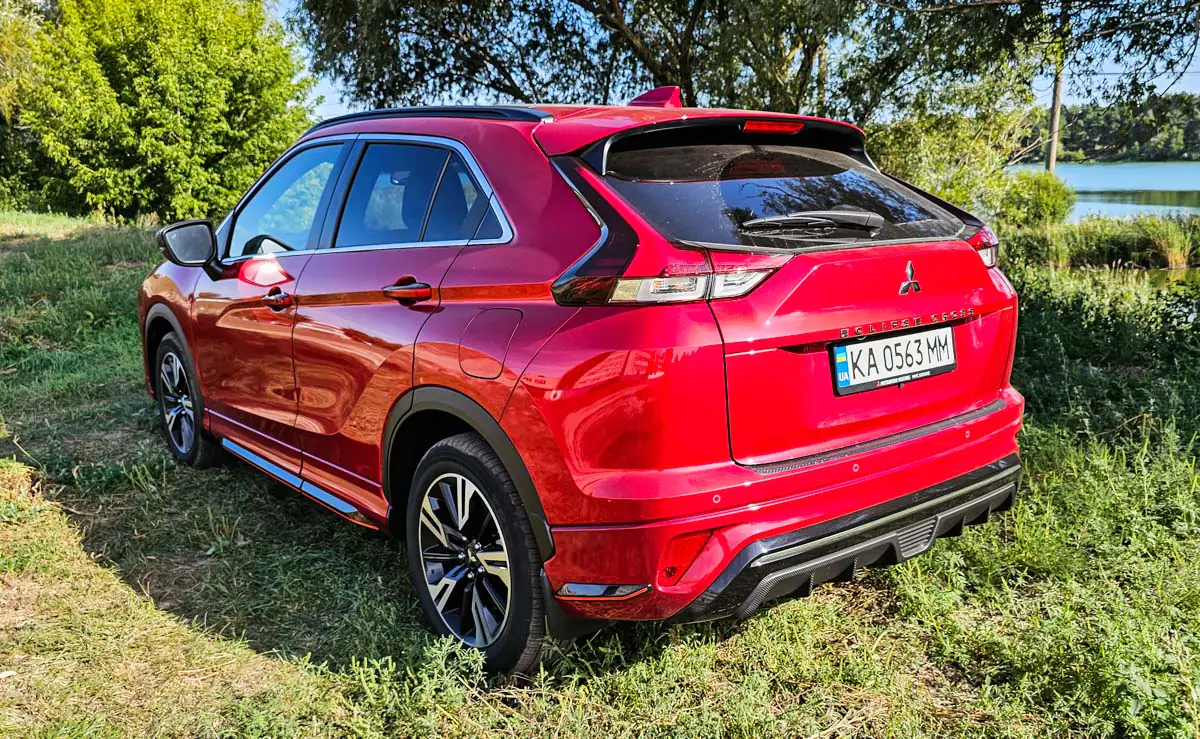
As for the trunk itself, it appears compact due to its limited height, as the floor is positioned rather high (you’ll see why later under the floor cover). Because of this, it resembles the trunk of a large sedan or hatchback. However, the compartment is quite deep, and considering that the back seatbacks can be folded down, the storage space can be significantly expanded.
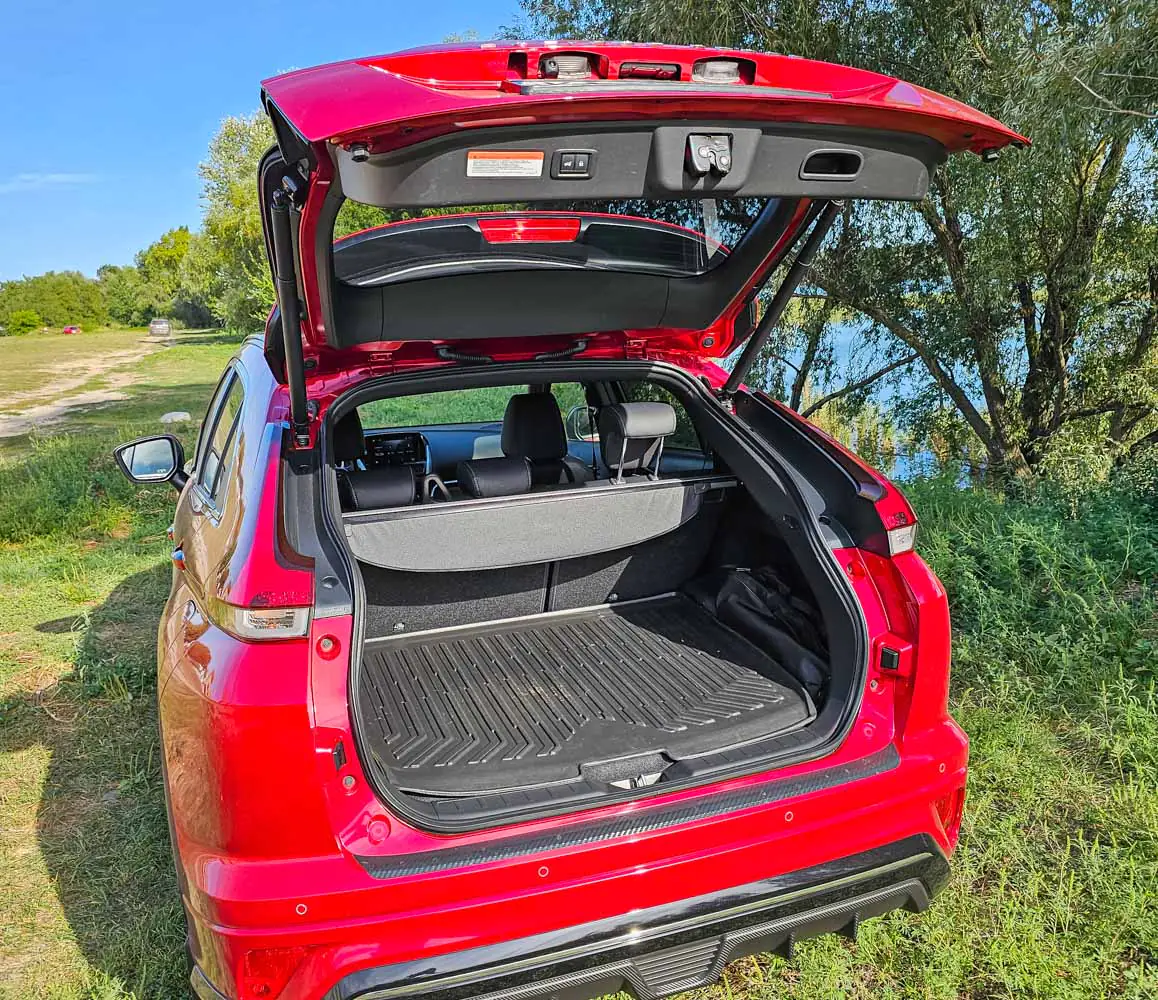 Inside, I was pleased to find a rubber mat included, several fairly spacious side pockets for storage, and a quality retractable cover that can be easily removed.
Inside, I was pleased to find a rubber mat included, several fairly spacious side pockets for storage, and a quality retractable cover that can be easily removed.
The trunk is lit by a single lamp on the right wall, providing average brightness. Personally, I find it a bit lacking, but this is a common issue in the automotive market that even many more expensive cars face. At least the light is positioned at the top rather than the bottom, so I appreciate that.
Напільна кришка добротна та міцна, виконана з пластику. Під кришкою знаходимо якісний пластиковий органайзер з домкратом, балонним ключом та повнорозмірним запасним колесом на литому диску. Дуже солідний комплект, респект.
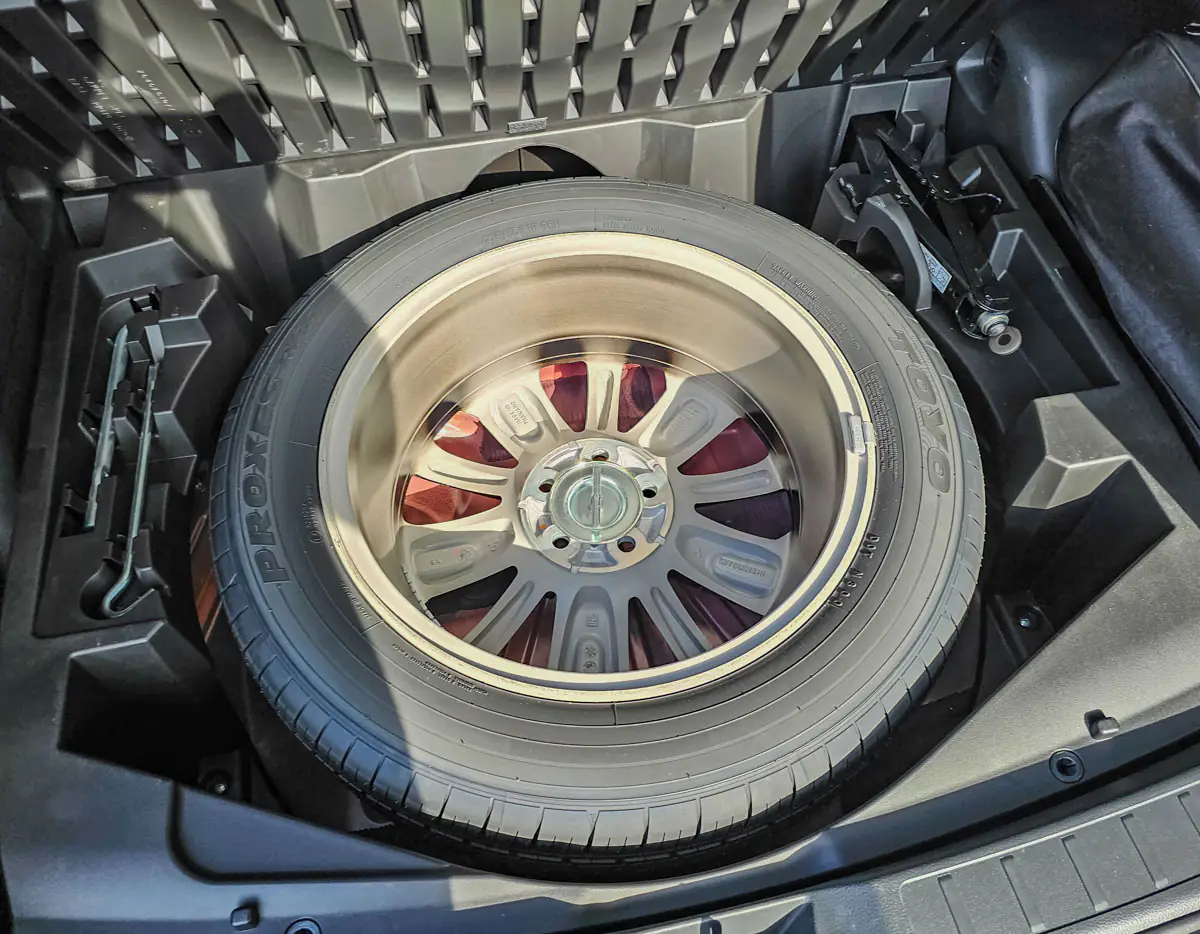
Under the hood – 1.5L turbo engine (110 kW 150 hp)
I won’t delve into a technical discussion about the powertrain, as that’s not the purpose of my review. It’s worth noting that several engine options are available for the Mitsubishi Eclipse Cross. The more affordable front-wheel-drive versions come with a 2-liter naturally aspirated engine that delivers the same power of 150 horsepower but with lower torque (198 Nm compared to 250 Nm).
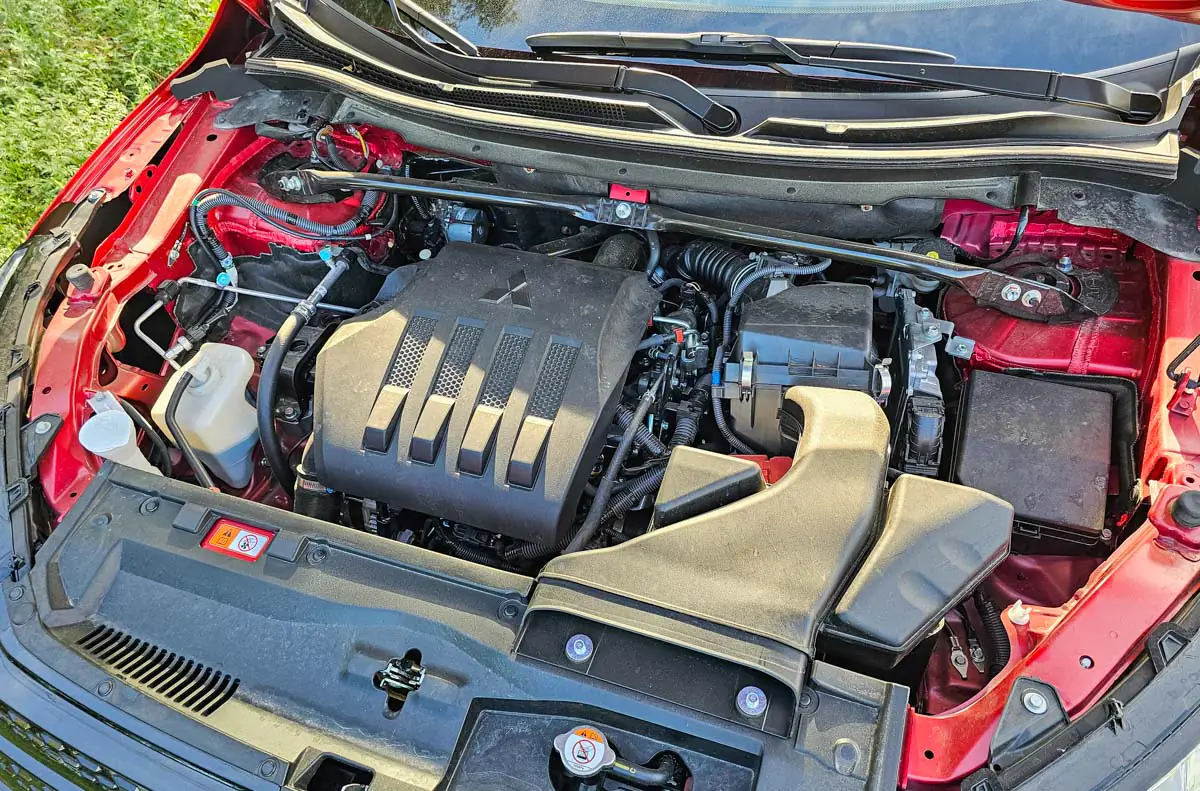 I’ll just highlight the main points regarding vehicle maintenance from the perspective of an average owner. A sound-insulating panel is installed on the inner side of the hood. The engine is covered with a plastic cover that can be easily and quickly removed. All fluid filling points are easily identifiable and accessible. The oil dipstick is located under the plastic cover. The battery is positioned on the right side, making it easy to access, and is protected by a plastic cover.
I’ll just highlight the main points regarding vehicle maintenance from the perspective of an average owner. A sound-insulating panel is installed on the inner side of the hood. The engine is covered with a plastic cover that can be easily and quickly removed. All fluid filling points are easily identifiable and accessible. The oil dipstick is located under the plastic cover. The battery is positioned on the right side, making it easy to access, and is protected by a plastic cover.
Interior and cabin of the Mitsubishi Eclipse Cross
While the exterior of the car looks modern and striking, my impressions of the interior are diametrically opposed. In my opinion, the interior design is very conservative, perhaps even archaic. However, this reflects a particular Japanese conservatism, so don’t rush to conclusions—I’m sure this approach may appeal to some. I just want to emphasize that I felt a certain dissonance between the ultra-modern appearance of the Eclipse Cross and the interior design, which seems to lag about ten years behind current trends.
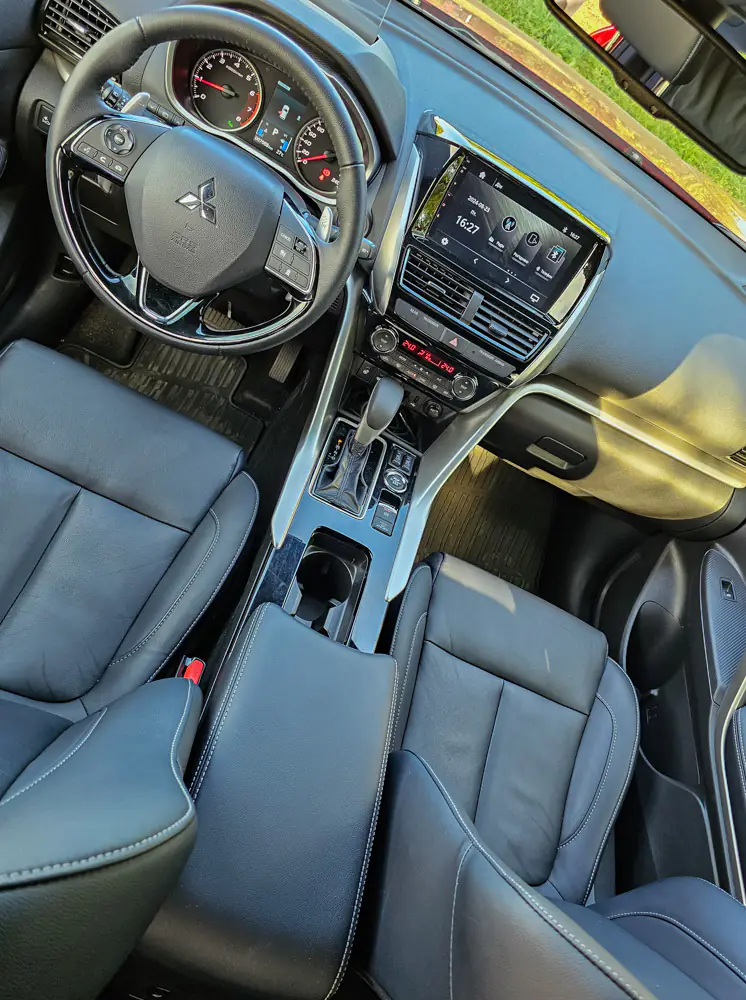
Overall, the cabin features high-quality, durable materials, and I actually appreciate this conservatism. We have several types of plastic—glossy, matte black, silver, and carbon-fiber-like finishes—along with soft vinyl, natural leather, and synthetic leather.
At this point, I want to note that the test vehicle I had was equipped with a black interior. However, when I look at the official photos of the light gray interior, it presents a noticeably fresher impression. Of course, it might just be a matter of my subjective taste, so I look forward to hearing your thoughts in the comments!

I also want to point out that on the official website, I see a different design for the central console around the multimedia system display. I’m not sure if I had an early version of the car for testing or if this is a feature of the highest trim level. However, the differences are quite noticeable. It seems that my screen is slightly larger, there are definitely no mechanical controls beneath the display, and it is fully integrated into a casing made of glossy black plastic.
Here’s a stock photo—take a look at the central console:
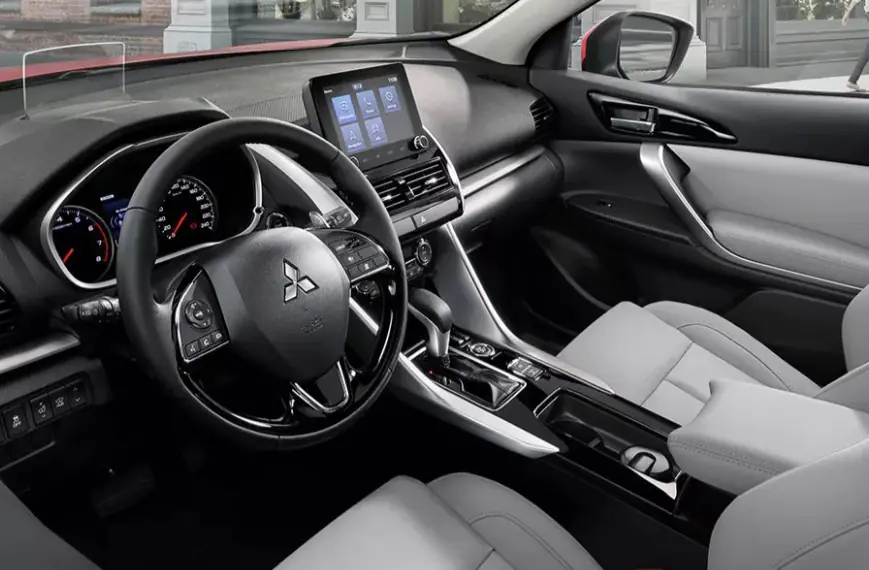
And this is the display configuration in our test car:
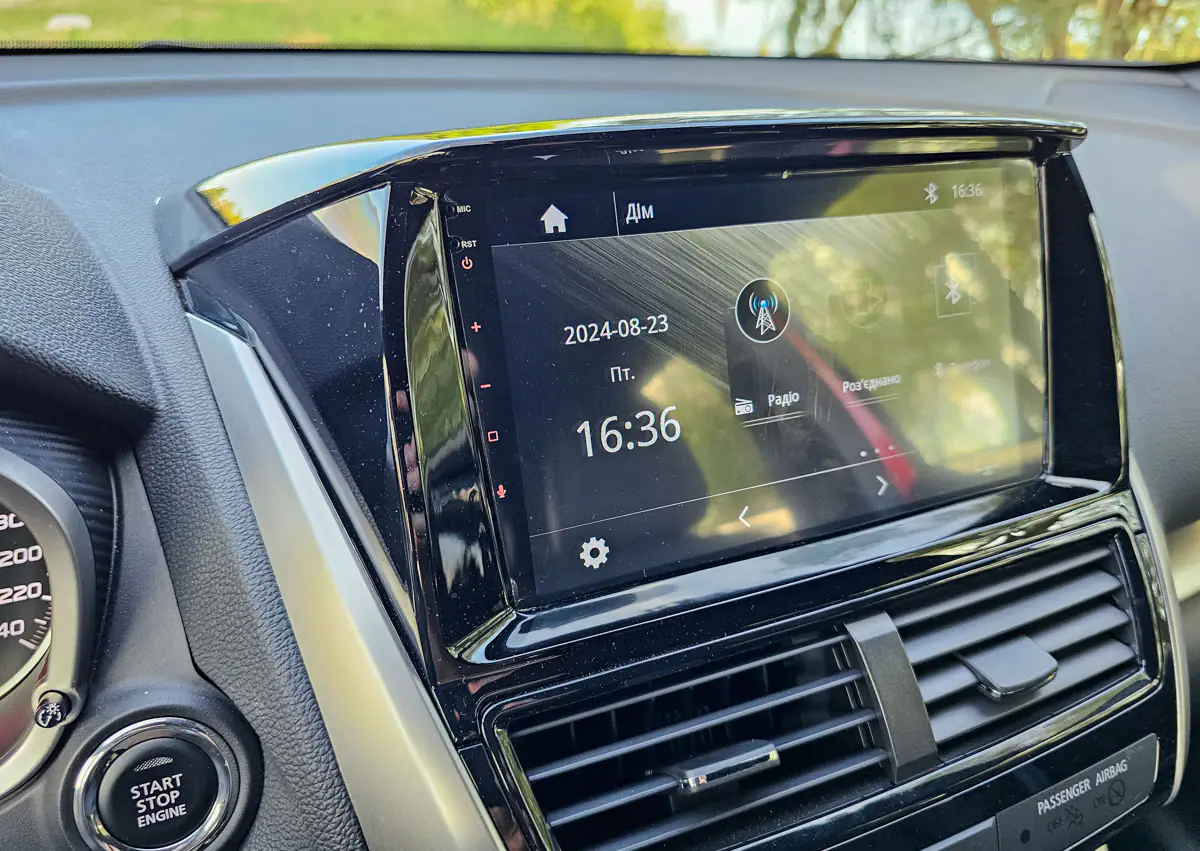
Door cards, door handles
Overall, I like the interior design of the doors, although, again, there might be an excessive variety of materials and textures used—vinyl at the top, the built-in door lock with a silver metal latch in a glossy black frame, below that a main panel made of black plastic with a pocket and a built-in speaker, a matte silver handle in the middle, a pleasant armrest made of artificial leather with neat stitching, and a front section finished in carbon look.
However, in combination, the doors look quite stylish from the inside, even if not very modern. I have concerns about the durability of the silver finish, especially since it will be frequently touched and may wear off or get scratched over time, but for now, while the car is new, it looks fine. In terms of usability, everything is quite convenient, and I have no complaints.
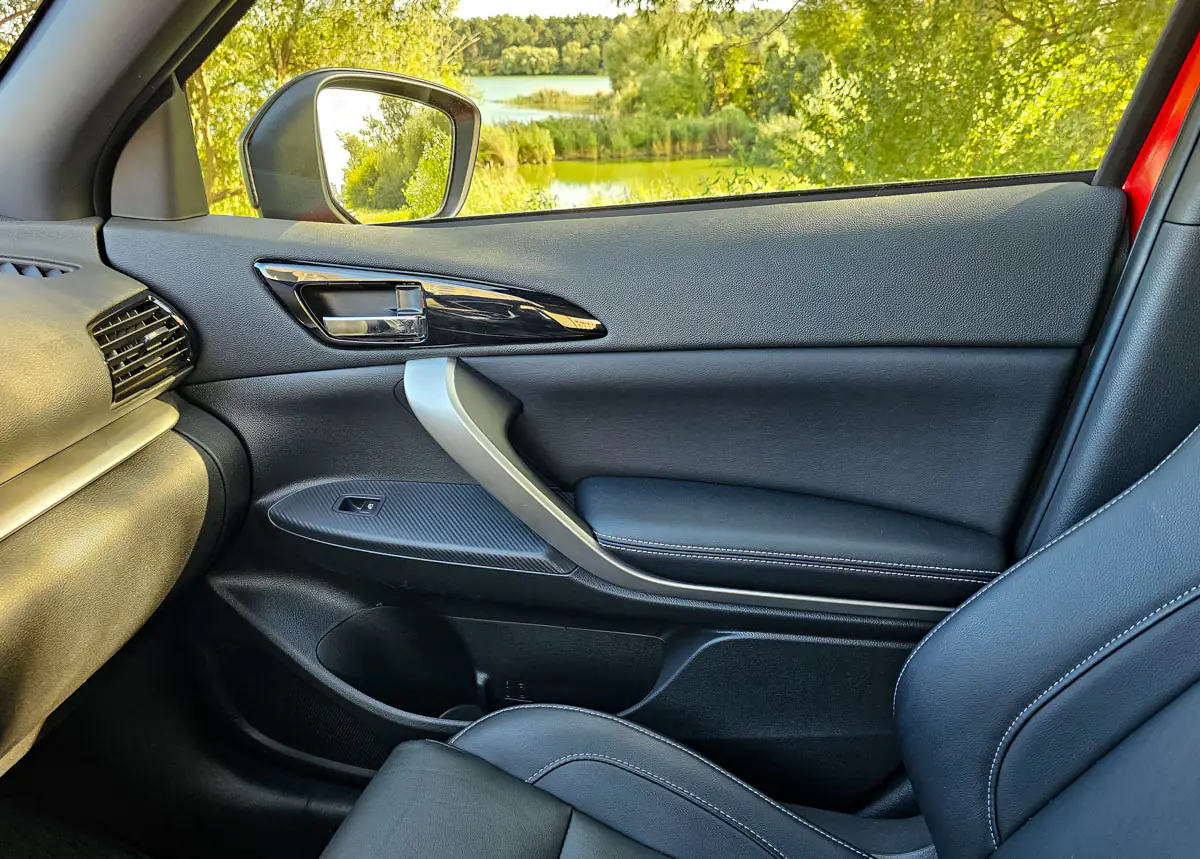 Each door is equipped with window control buttons. The driver’s door also includes controls for all the windows, a child lock, the central locking system, and a control block for the external mirrors featuring a joystick and a folding button.
Each door is equipped with window control buttons. The driver’s door also includes controls for all the windows, a child lock, the central locking system, and a control block for the external mirrors featuring a joystick and a folding button.
Front seats
The seats are quite classic and may initially seem boring, lacking any standout features. However, they turn out to be very comfortable and supportive. They offer good lateral support and a long bottom cushion that effectively supports the thighs. The upholstery is made of both natural and synthetic leather, and the stitching is neat.
Both front seats are equipped with an electric adjustment system for positioning and tilt, but they lack lumbar support adjustment, which is a bit concerning. However, I must reiterate that the seats are very comfortable for me personally.
Rear seats
The rear seats have a design and finish similar to the front seats, although the lateral support is naturally not as pronounced. However, the most notable feature is the rather unique function for this class of crossover: the rear seat backrest can be adjusted with nine fixed positions.
Naturally, there are two full passenger seats and a third additional seat if necessary. All seating positions are equipped with individual headrests and seat belts. If there’s no passenger in the middle, you can fold down the armrest, which includes compartments for two cup holders.
Read also: Škoda Kamiq 2024 Review: Is This Compact SUV Crossover Worth Your Attention?
Dashboard and storage compartment
The dashboard features a classic rounded shape with four ventilation and air conditioning vents. The upper part is finished in soft vinyl, while the lower section is made of standard matte textured black plastic—nothing unusual here. On the passenger side, there’s a standard storage compartment with backlighting. Interestingly, the glove compartment includes an upper shelf where you’ll find the vehicle’s owner’s manual in a stylish faux leather cover. There are no additional storage compartments in the dashboard area.
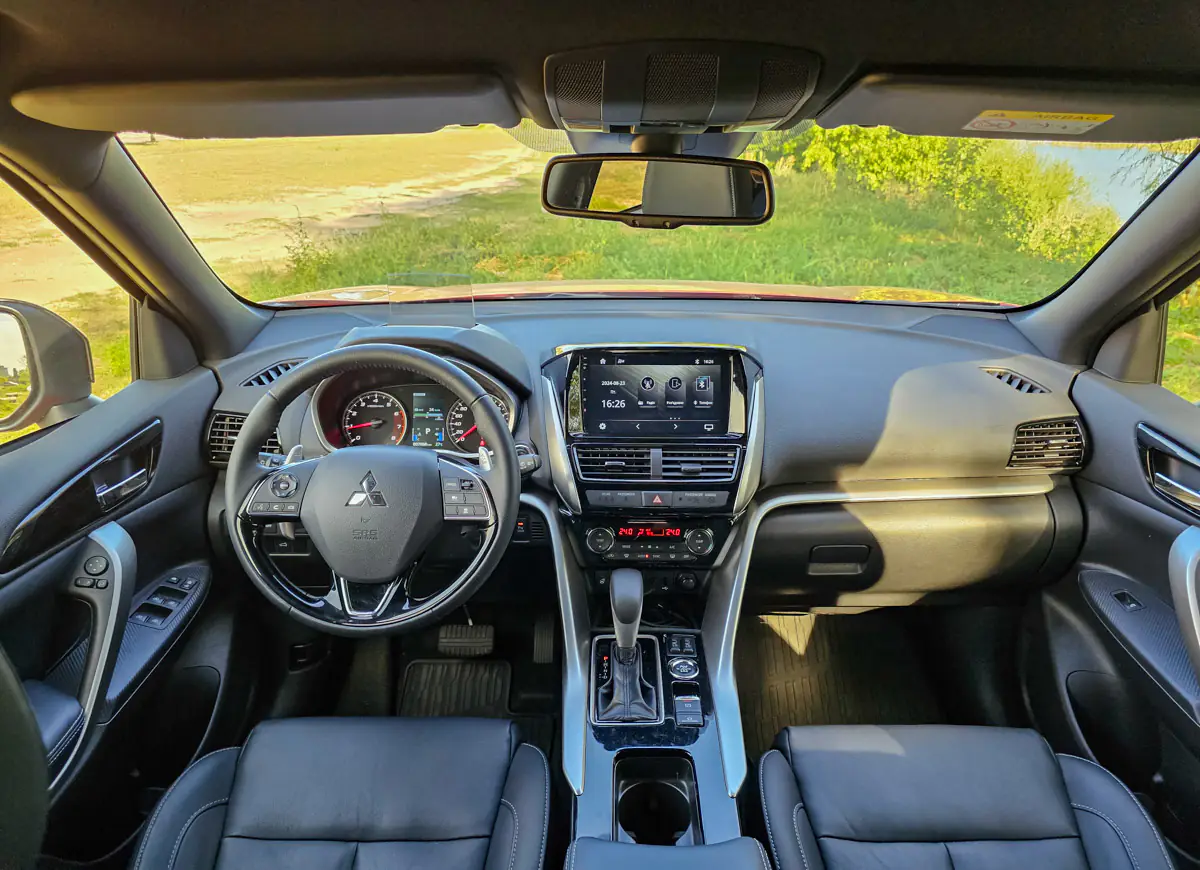
Steering wheel and steering column
The steering wheel is quite standard—classic round three-spoke design wrapped in genuine leather, with glossy black plastic inserts in the lower semicircle. On the two horizontal spokes, you’ll find a joystick and multimedia control buttons on the left, and cruise control buttons on the right. I agree that the design of the multifunction steering wheel feels a bit dull, with just horizontal rows of buttons reminiscent of the 1990s. However, I have no real complaints about the build quality or usability. The controls are easy to locate by touch after a brief adjustment period.
Behind the steering wheel, there are two metal paddles for manual gear shifting, which are probably the only elements that add a sporty touch to the car’s interior. Further along the steering column, you’ll find the traditional levers for controlling the main headlights and turn signals on the left, and windshield wipers on the right. The adjustment of the steering column position is manual.
Instrument panel and projection HUD display
The instrument panel is designed in a retro style. While competitors in the class offer either fully digital instrument panels (essentially a large display) or combined ones with sizable interactive screens, the Mitsubishi Eclipse Cross features a classic layout with round speedometer and tachometer gauges. However, in the center between them is a small color display that shows useful information such as mileage, temperature, instant fuel consumption, and the fuel level in the tank.
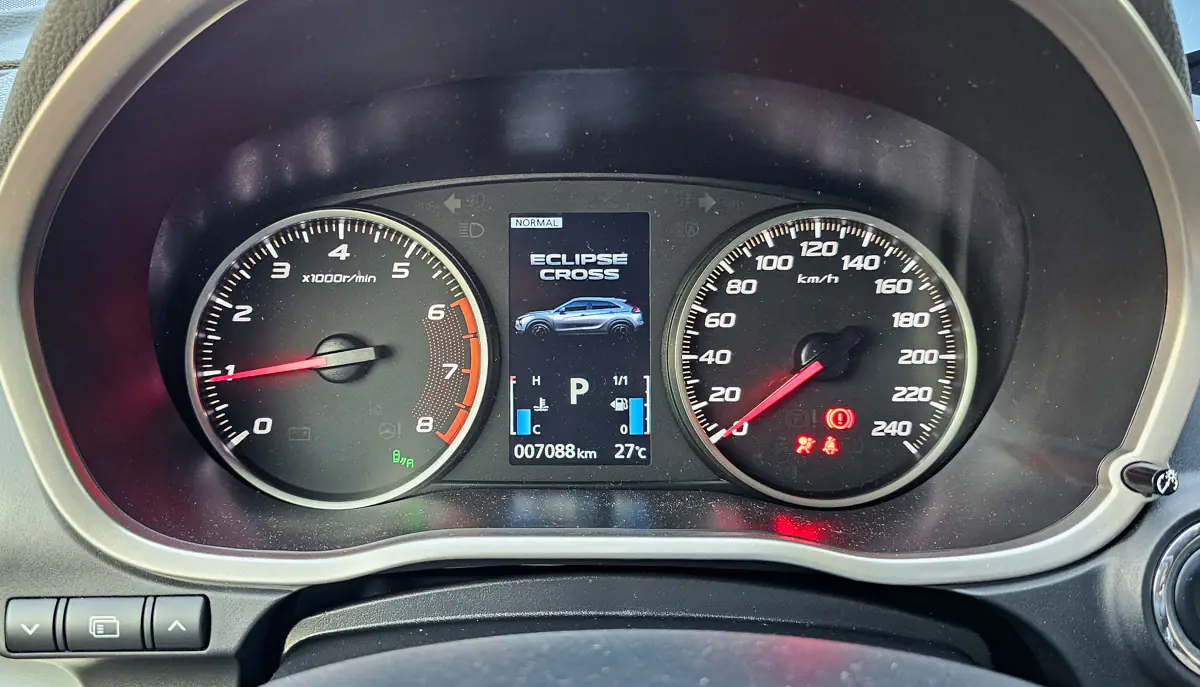
There is also access to the instrument panel menu for adjusting key vehicle settings and obtaining additional information.
To compensate for the outdated design of the instrument panel, the manufacturer has installed a projection HUD display above the dashboard, which shows additional information such as the current speed, cruise control settings, and more. Interestingly, the information is projected not onto the windshield but onto a special transparent panel that folds away and hides inside the dashboard when the ignition is turned off. The angle of this screen can be adjusted, allowing the driver to customize the height of the display according to their height.
Multimedia display and entertainment system
The display is quite large, measuring 9 inches diagonally, and is a touchscreen that supports taps, gestures, and multitouch. On the left side of the frame, there are touch buttons for quick access to main functions. Above, you can see two openings labeled as a microphone and a reset button. Overall, the design of the display, which resembles a small portable television from the last century, is encased in glossy black plastic. At least the screen is flat. Seriously, the display performs well—it’s bright, clear, and contrasty enough, fulfilling its functions quite satisfactorily.
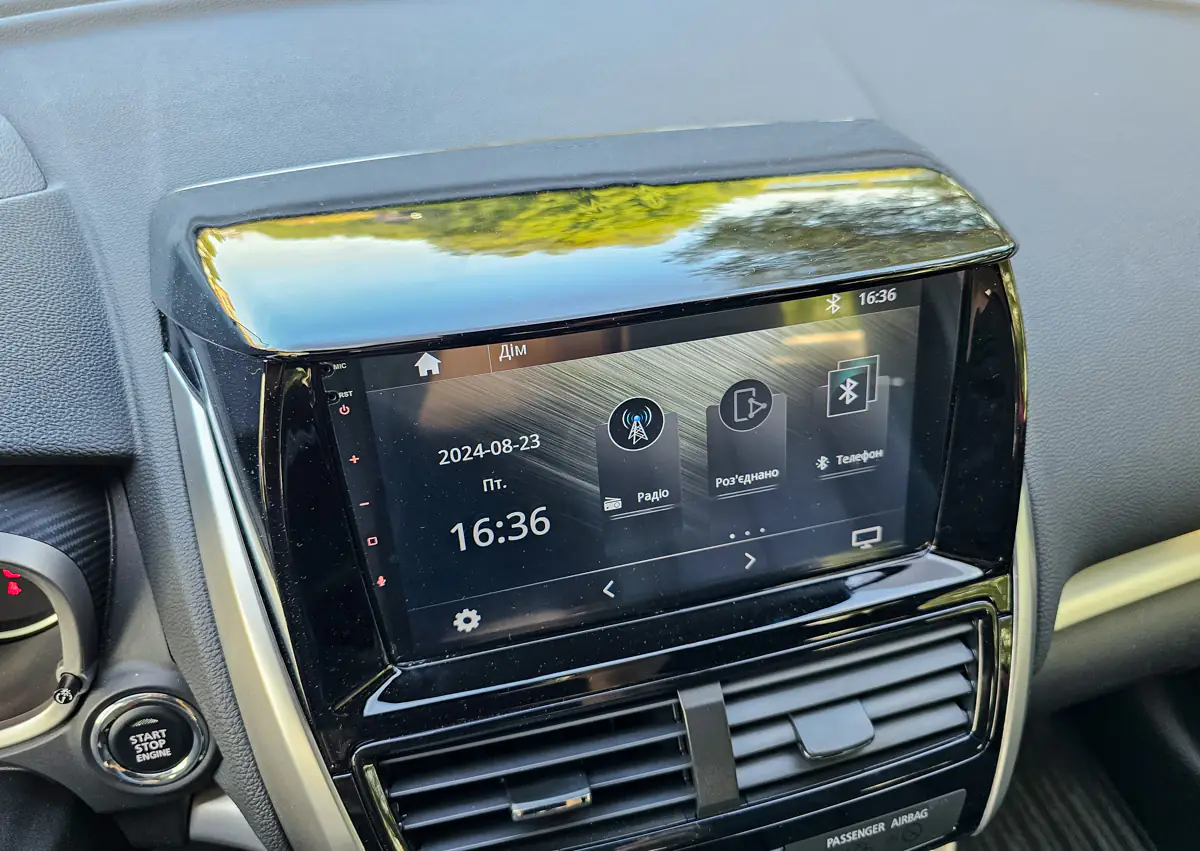
The design of the infotainment system interface matches the overall design of the screen casing, reminiscent of Android from around 2014. However, it includes all the necessary functions—radio, phone connectivity, external media support, and multimedia system settings. There’s also an option for individual voice command training for the vehicle’s features. Whether this is necessary in 2024, considering the availability of voice assistants in Android Auto and Apple CarPlay, is a rhetorical question; perhaps some users will find it useful.
Mitsubishi Eclipse Cross audio system
According to the loading screen of the multimedia system, the Mitsubishi Eclipse Cross is equipped with a genuine Japanese Nakamichi audio system (although the manufacturer refers to it as the Mitsubishi Power Sound System in brochures). Nakamichi is a lesser-known but iconic brand in the audio world, established back in 1970. I couldn’t find a separate subwoofer, but there is a 510 W amplifier and eight speakers. The sound quality is quite good, though it falls short of premium levels, particularly in the bass department. Given the car’s price point, the audio system is reasonably impressive.
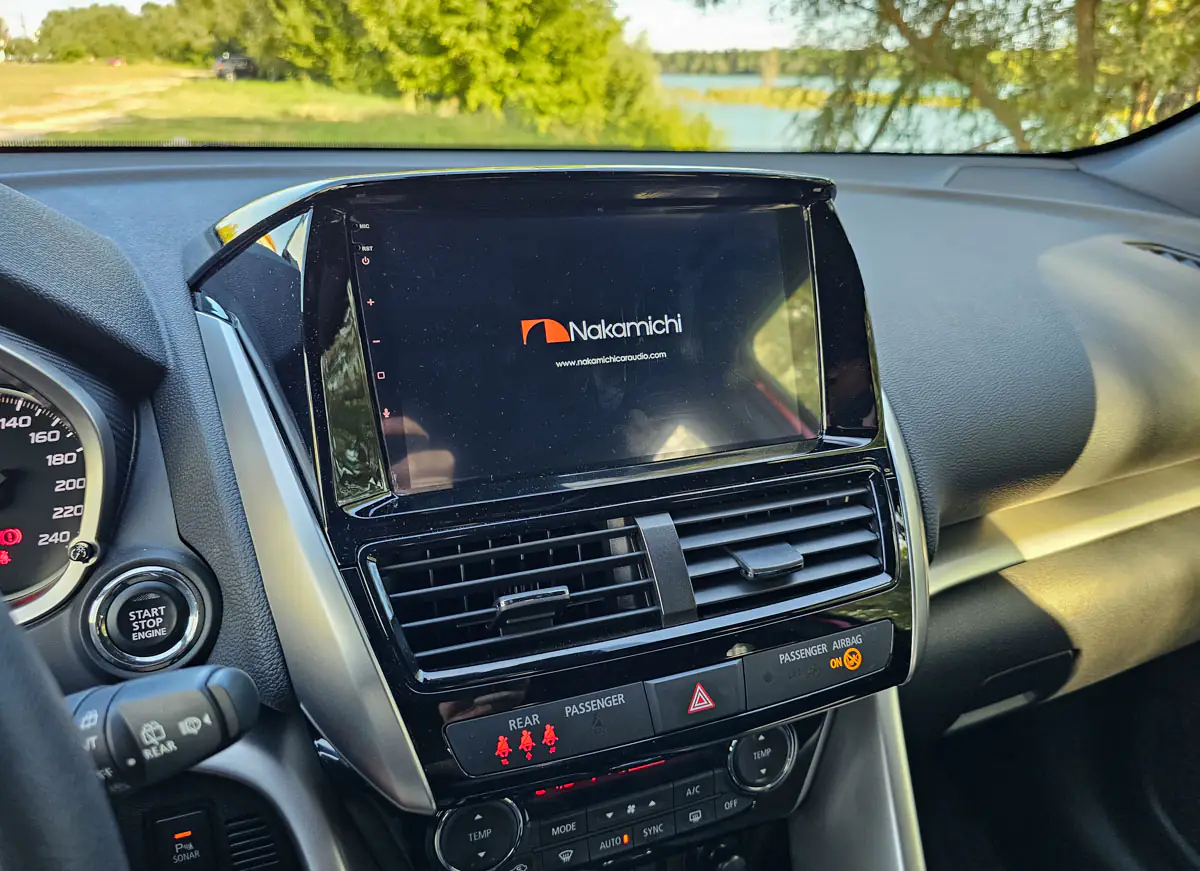 And of course, we couldn’t escape a greeting from the 20th century—just take a look at the audio settings. This menu item even has a nostalgically old-school name: DSP (Digital Sound Processor). I almost shed a tear reminiscing about my wild youth. Here, you have a multi-band equalizer, delay settings, and frequency filters. If you have sound engineering skills, you’ll appreciate such precise tools instead of the usual “make it sound good” buttons and a few spatial effect options found in modern car audio systems.
And of course, we couldn’t escape a greeting from the 20th century—just take a look at the audio settings. This menu item even has a nostalgically old-school name: DSP (Digital Sound Processor). I almost shed a tear reminiscing about my wild youth. Here, you have a multi-band equalizer, delay settings, and frequency filters. If you have sound engineering skills, you’ll appreciate such precise tools instead of the usual “make it sound good” buttons and a few spatial effect options found in modern car audio systems.
Climate control panel
Here, we won’t see anything unusual or out of the ordinary. The climate control panel is equipped with physical buttons, and I actually support this retro style because I really dislike touch controls for climate settings that lack tactile feedback.
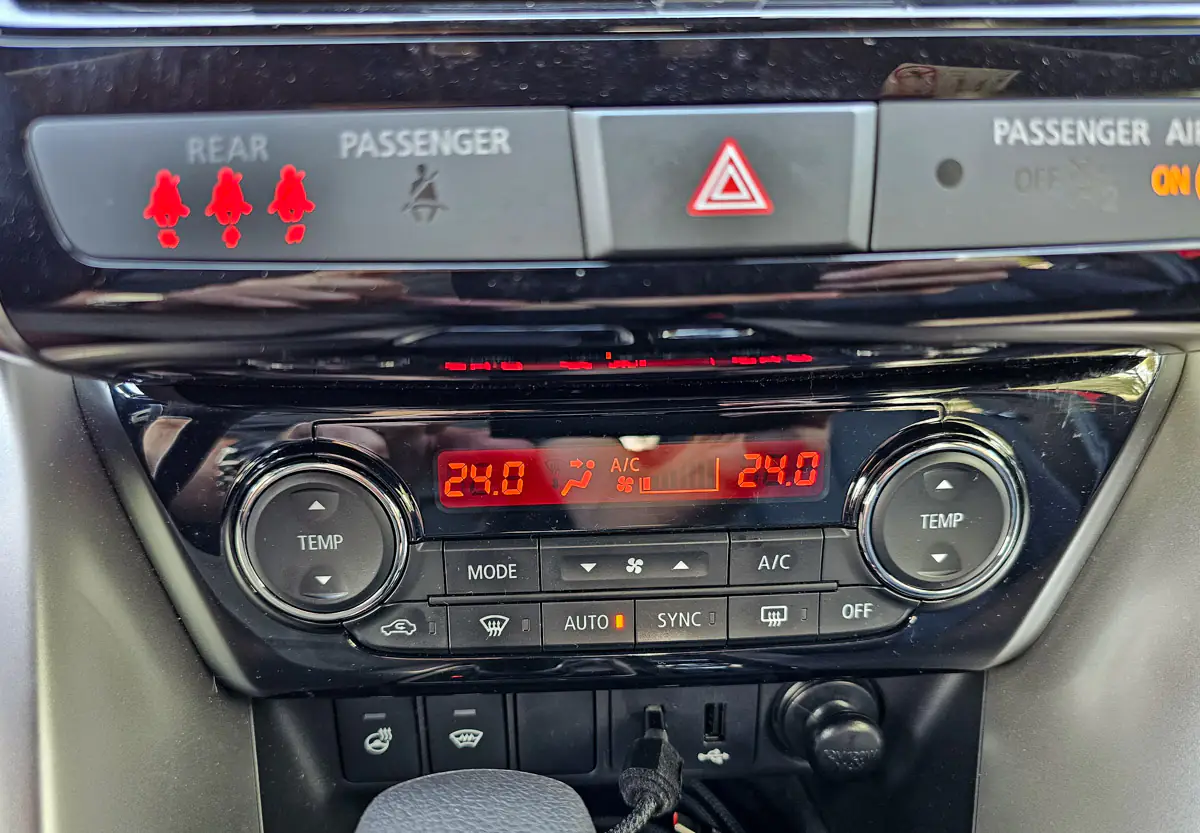
The Eclipse Cross features a dual-zone climate control system, along with heating for the steering wheel, front and rear seats, and the rear window.
Central console, smartphone connection
On the central console, just in front of the automatic transmission lever, there is a compartment for smartphones, but it cannot accommodate my Samsung Galaxy S23 Ultra. Above it, there are two USB-A ports for charging and connecting devices and storage, which feels a bit outdated; competitors are increasingly opting for more compact, faster, and versatile USB-C solutions. There’s no wireless charging, nor wireless connectivity for Android Auto and Apple CarPlay. However, everything works fine when connected via cable..
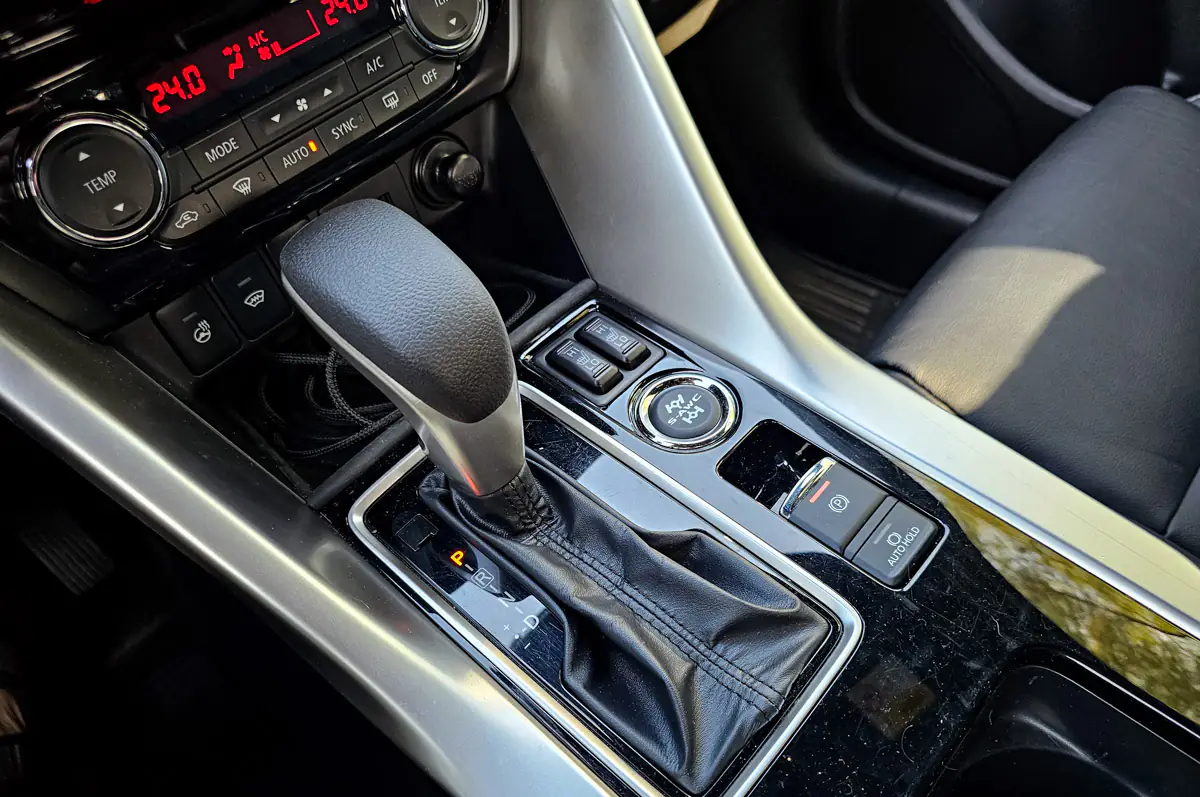
The gear lever for the automatic transmission has a classic design and is wrapped in natural leather. To the right, there are buttons for controlling the seat heating and the all-wheel drive system. The parking brake is electric. Further along, there are a few cup holders and a fixed armrest, under which is a small storage compartment for items like sunglasses.
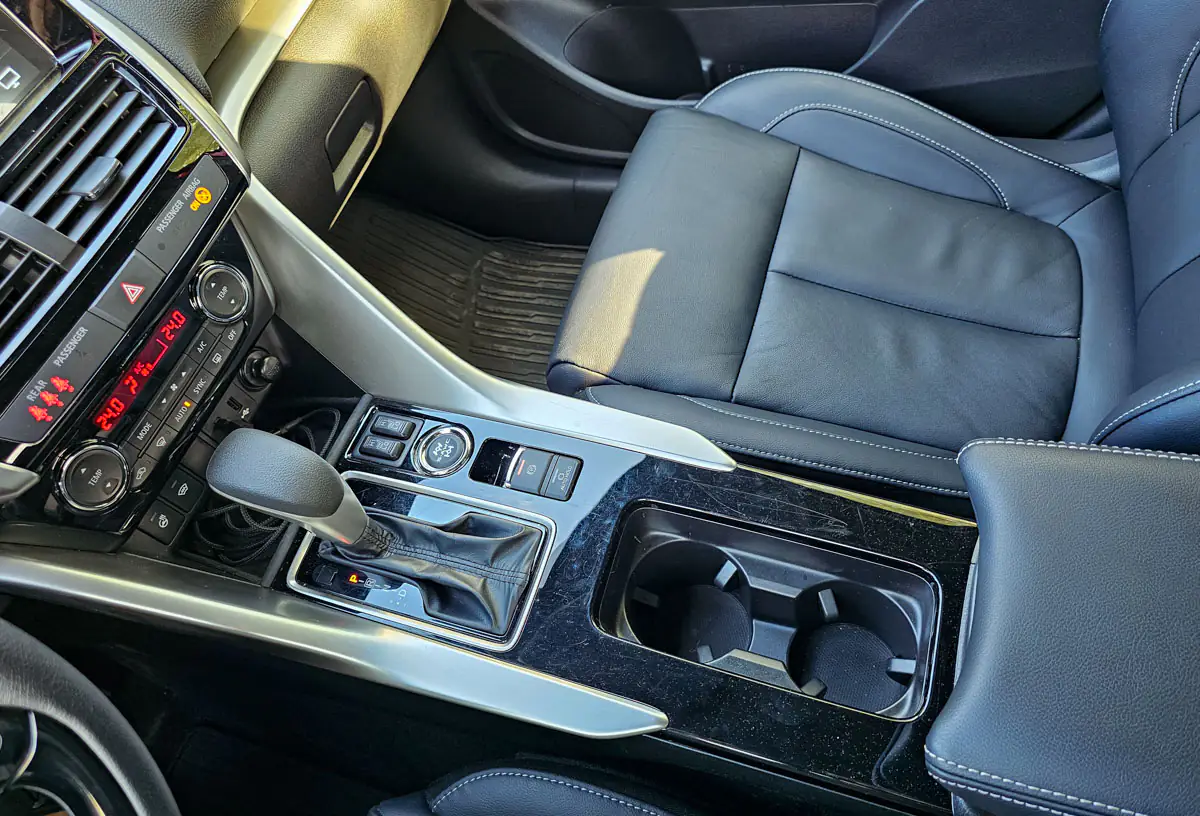
The main drawback of the central console, in my opinion, is the extensive use of glossy black plastic. Even on a nearly new vehicle, the entire upper panel is noticeably scratched, and it’s clear that this issue will only worsen over time.
Ceiling, center mirror, upper console, interior lighting
The main point is that the Mitsubishi Eclipse Cross has a black ceiling! In this aspect, the manufacturer clearly follows global trends in sporty design. It turns out they can do it when they want to.
Under the central mirror, there’s a camera used by smart assistants, such as for headlight control or adaptive cruise control, among other functions—though I’m not sure of all its capabilities. The mirror also features an auto-dimming function. Additionally, there’s extra lighting for the front row, and lights are installed under the sun visors and in the center on the crossbar between the sections of the panoramic roof.
Panoramic glass roof with sunroof
A quite unique feature for vehicles in this price category, as panoramic roofs are typically found in cars priced closer to $40,000 and above. Yet here it is! It’s also quite large, consisting of two sections divided by a massive crossbeam—one for front passengers and the other for rear passengers. However, from the outside, it appears as if there are just two solid pieces of glass.

Inside, the glass roof is covered by two textile shades with electric drives, each controlled separately for each half—this is truly an incredible generosity from the manufacturer. Moreover, the front part of the roof features a sliding sunroof above the front seats.

“Ambient light” – interior lighting
Unfortunately, one element that is missing is ambient lighting. Mitsubishi seems reluctant to follow modern trends in this regard. The only illumination comes from the smartphone compartment under the dashboard. Other areas lack ambient lighting. At least all the control buttons have some point lighting.
Impressions of operation and driving of the Mitsubishi Eclipse Cross
The overall impression of driving the Mitsubishi Eclipse Cross is that it doesn’t offer an extraordinary experience. Instead, it feels quite average and standard, yet stable, practical, and reliable. There’s a notable lack of charisma. This creates a dissonance between the striking exterior of the Eclipse Cross and the almost complete absence of similarly vibrant emotions during driving. Where’s the historical sporty essence? It’s simply not there. On the other hand, the car does meet the expectations that potential buyers in this class might have. You quickly acclimate to it since there are no surprises, which is quite reassuring in these tumultuous times when stability is desired in some aspects. And in this vehicle, you’ll find that stability.
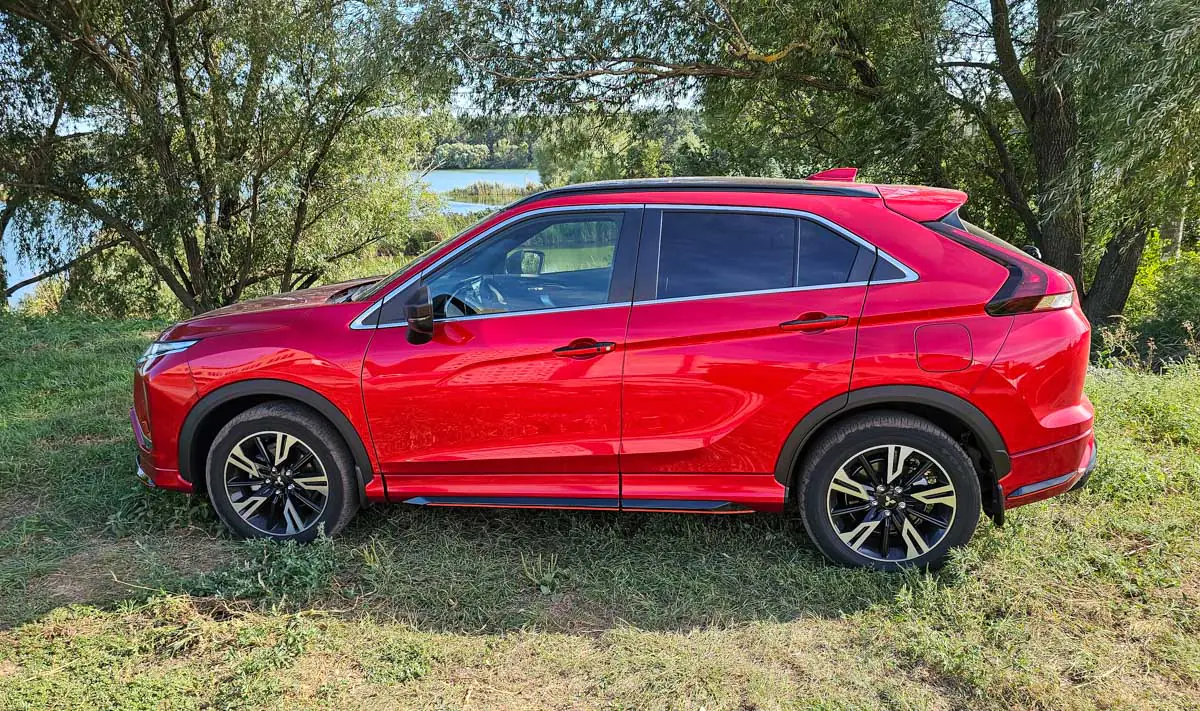
Comfort and safety
The first thing I want to highlight is the exceptionally comfortable front seats. I can’t recall the last time I experienced such comfort in a car. Although the seats may not seem particularly special at first glance, once you sit down and adjust the position, you feel that the seating is practically ideal. This could be due to a combination of several factors— the shape, firmness of the cushions, and the extensive range of position adjustments. It’s also worth noting that the rear seats have adjustable backrest angles, which is not commonly found in this class of vehicles.
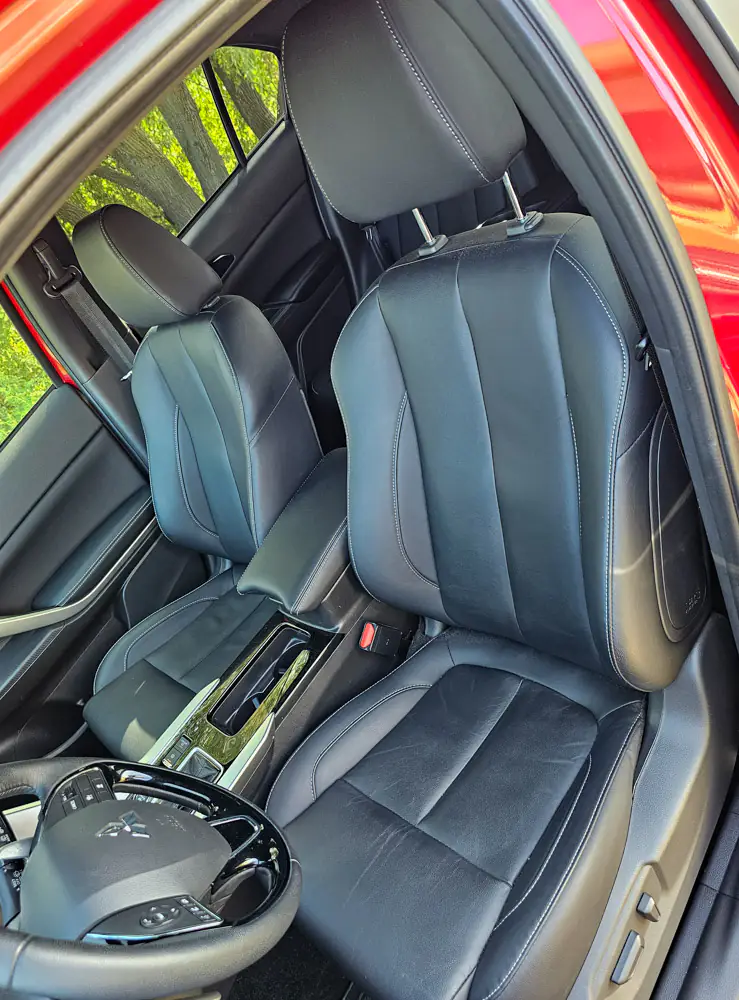
The second point is the quite decent level of cabin sound insulation; there really isn’t much noise. Additionally, in this new vehicle, nothing is creaking inside, though I can’t speak to how it will hold up after some time on the road. All controls and adjustment mechanisms are conveniently placed for quick access, and after a brief period of getting used to them, you can interact with them almost instinctively.
The third factor contributing to comfort is the proper functioning of all automatic safety systems, assistive technologies, headlights, and windshield wipers. This allows you to set all parameters once and then focus on driving without being distracted by external factors, enhancing both comfort and safety.
Regarding this parameter, the vehicle in its top configuration comes equipped with all passive and active safety systems—collision avoidance, blind-spot monitoring, lane-keeping assistance, adaptive cruise control, parking sensors, and four cameras providing a 360-degree view. For details on the features available in other configurations, please refer to the official dealer’s website.
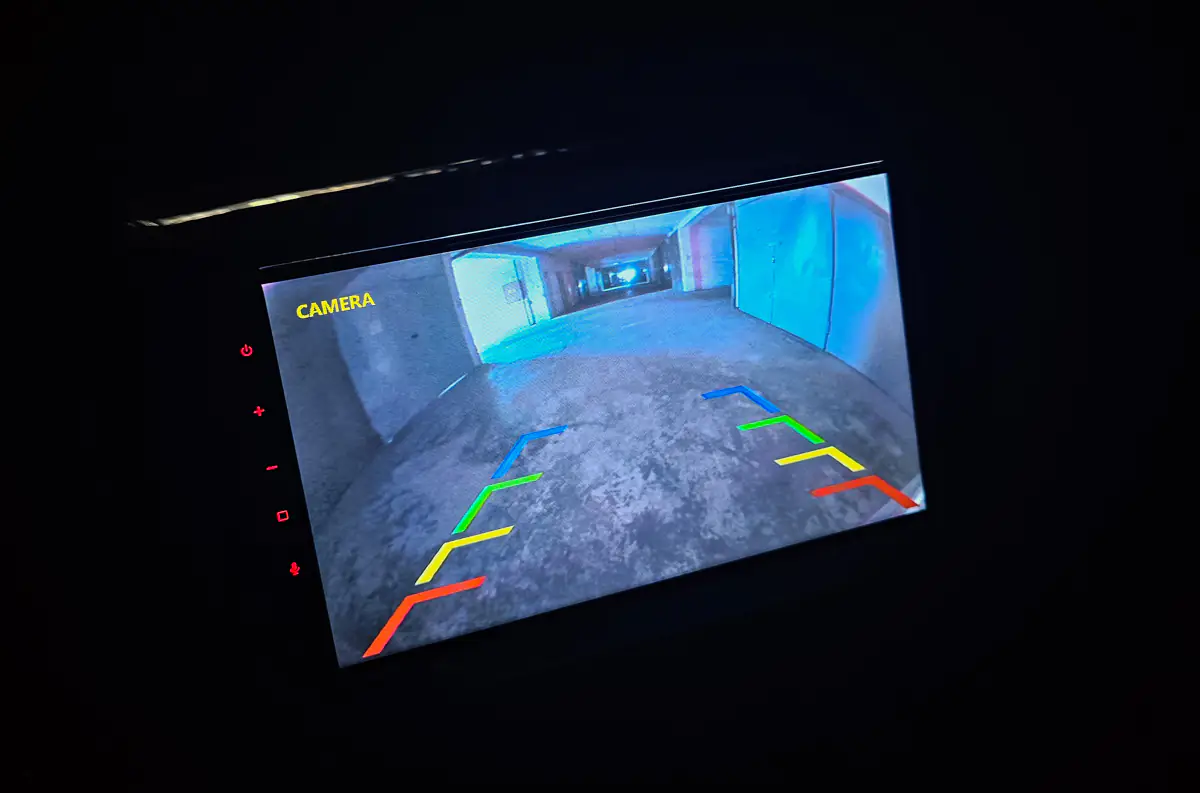
Mitsubishi Eclipse Cross Dynamics
In this regard, the vehicle shows average performance. Almost 11 seconds from 0 to 100 km/h is perhaps the worst result among cars of this class that I’ve tested. I previously mentioned the disconnect between the sporty exterior and the lack of vibrant emotions while driving the car. I believe this isn’t the fault of the powertrain but rather the transmission. This was my first experience with a CVT, and honestly, I was disappointed. Whether I didn’t figure it out or it just doesn’t want to compete with its rivals, I’m not sure. Of course, the smooth acceleration and the absence of the sensation of gear shifting are positives, but I don’t see a significant advantage over modern torque converters or dual-clutch transmissions, which also shift gears quite smoothly.
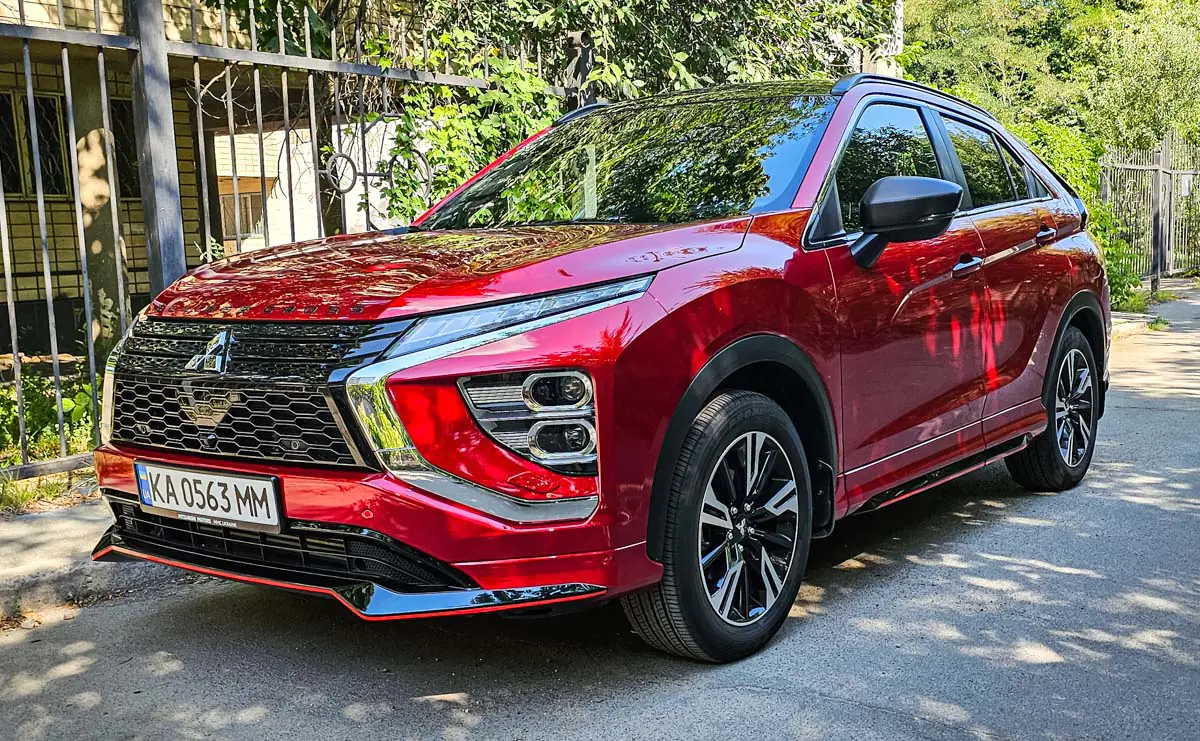
However, once the car has picked up some speed, it accelerates a bit more lively, allowing for normal overtaking. The turbo engine and its 150 horsepower definitely play a role here.
Suspension, handling and road stability
Regarding the suspension, it effectively absorbs bumps while maintaining a reasonably firm feel. The stiffness is average, striking an optimal balance between comfort and sportiness. This setup contributes to good handling, whether on smooth roads or surfaces with imperfections. However, it leans more towards city driving rather than off-road capabilities, despite the presence of all-wheel drive. During maneuvers, the car remains stable, with minimal body roll. Overall, I don’t want to overpraise it, but I have no complaints about the suspension. While there’s no overwhelming excitement, it’s a solid middle ground and genuinely good for its class. You can feel that the manufacturer has significant experience in this area, creating a suspension that will likely appeal to most drivers.
I also want to highlight the presence of a reliable all-wheel-drive system in the car, which can be beneficial for off-road driving and even in the city during inclement weather. There’s a button near the gear lever that allows you to switch between three different all-wheel-drive modes: standard, snow, and gravel.
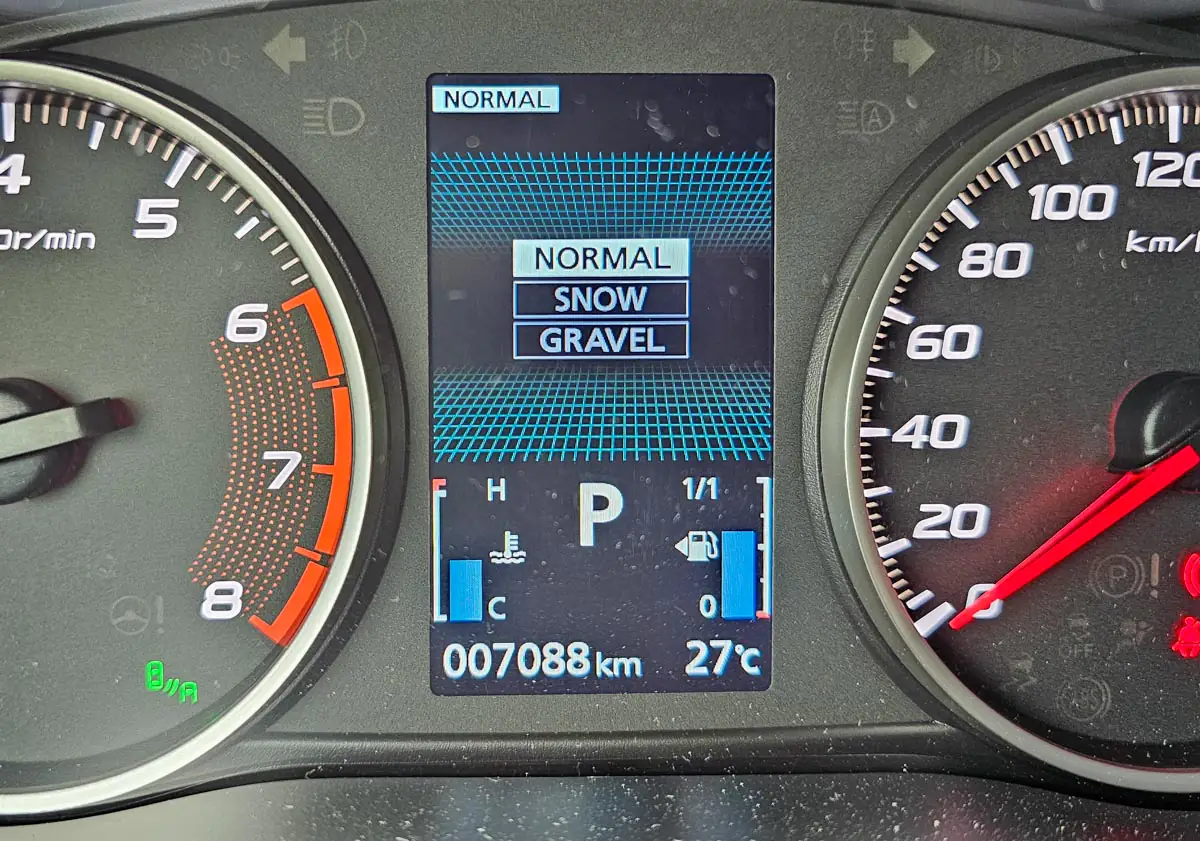
Fuel consumption
In this regard, the Mitsubishi Eclipse Cross shows quite average results. It consumes about 10 liters per 100 km in a big city during heavy traffic and typical congestion. If you drive aggressively, the consumption can rise to nearly 11 liters. However, if you try to be more economical, you can bring it down to around 9 liters in the city. On rural highways, fuel consumption ranges from about 6 to 8 liters per 100 km, depending on the average speed.
Conclusions
Overall, I liked the Mitsubishi Eclipse Cross. It’s a very decent choice for a mid-size SUV at its price point. However, as always, there are nuances. During the testing of the vehicle, I experienced a full range of emotions, both positive and not so much. It was like a rollercoaster ride. At first, when you look at the car from the outside, you are impressed by its design. Then, you sit inside and are a bit surprised by how the interior and features don’t quite align with modern trends. Later, during use, you realize that the seats are incredibly comfortable, and sitting in such a chair makes you want to travel far away, but the car doesn’t accelerate as you would like.
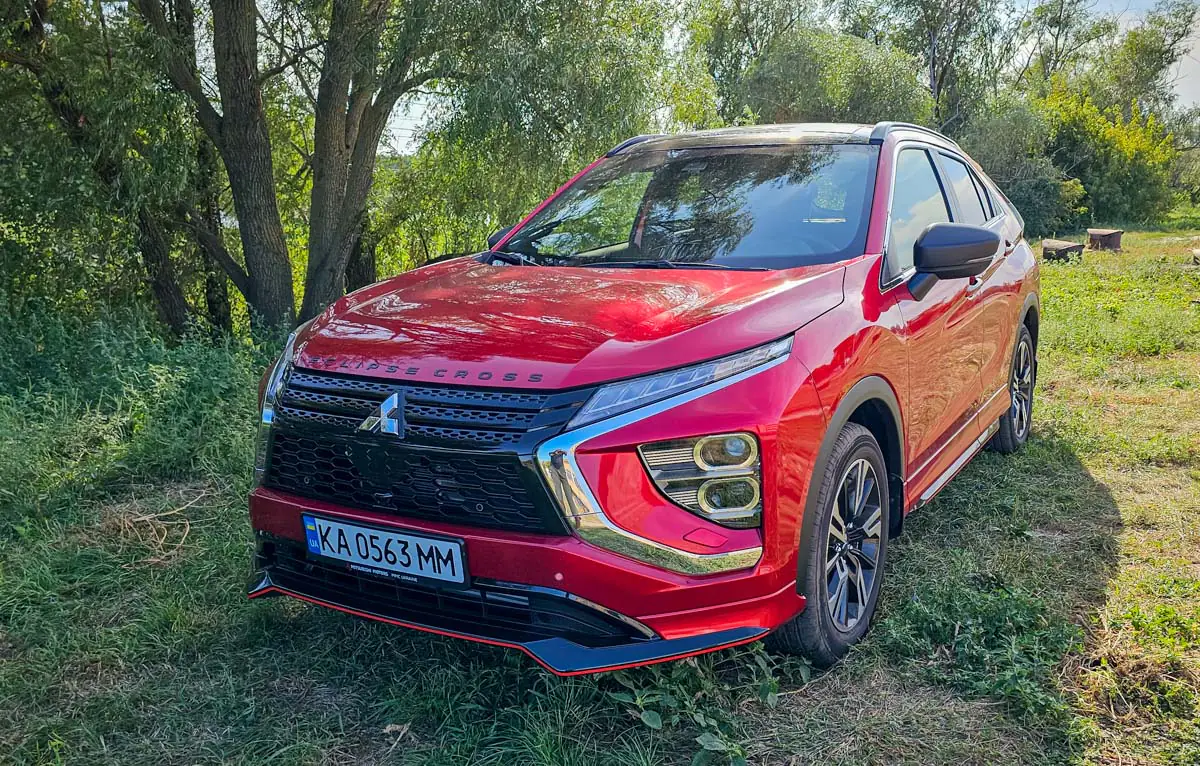
However, if dynamic performance isn’t a priority for you, the Eclipse Cross can certainly please its owner with all the modern systems designed to enhance comfort and safety during driving. It also offers some extra features, like a stunning panoramic roof. Additionally, the car’s handling raises no concerns; the suspension is simply excellent.
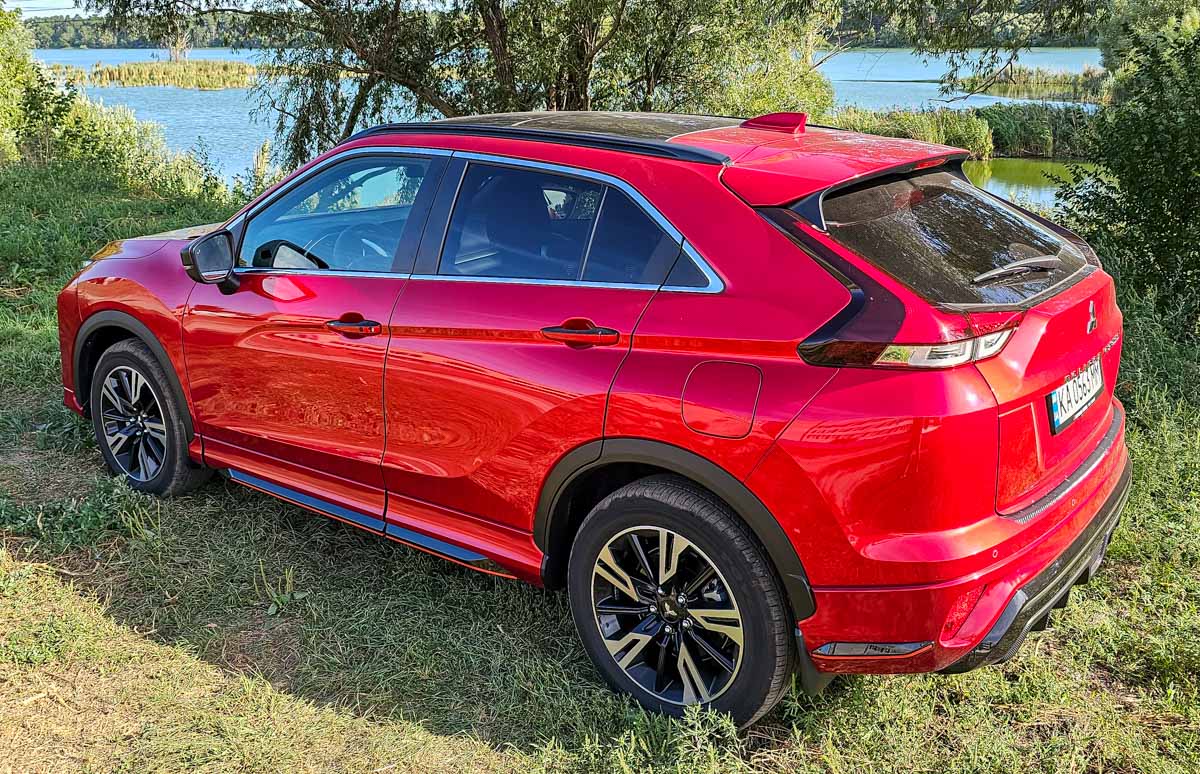
Liked:
- Exterior design
- Comfortable front seats
- Rear seats with adjustable backrest tilt
- Good materials and quality assembly of the whole car
- Panoramic glass roof with sunroof
- Sound of the audio system
- All-wheel drive
- Good noise insulation of the cabin
- Full-size spare tire on a cast disk
- Resilient ride and handling
Cons:
- Lack of adaptive headlights
- Conservative interior design
- Analog instrument panel
- Outdated interface of the infotainment system
- Variator and dynamic characteristics of the car
The Mitsubishi Eclipse Cross gives the impression of a well-made Japanese car. It’s striking on the outside, a bit conservative on the inside, but undeniably solid and reliable. If you’re considering purchasing a crossover in this class, I recommend checking out the car in person and perhaps booking a test drive. I’m confident that this model will attract many fans who resonate with the manufacturer’s philosophy embodied in this vehicle.



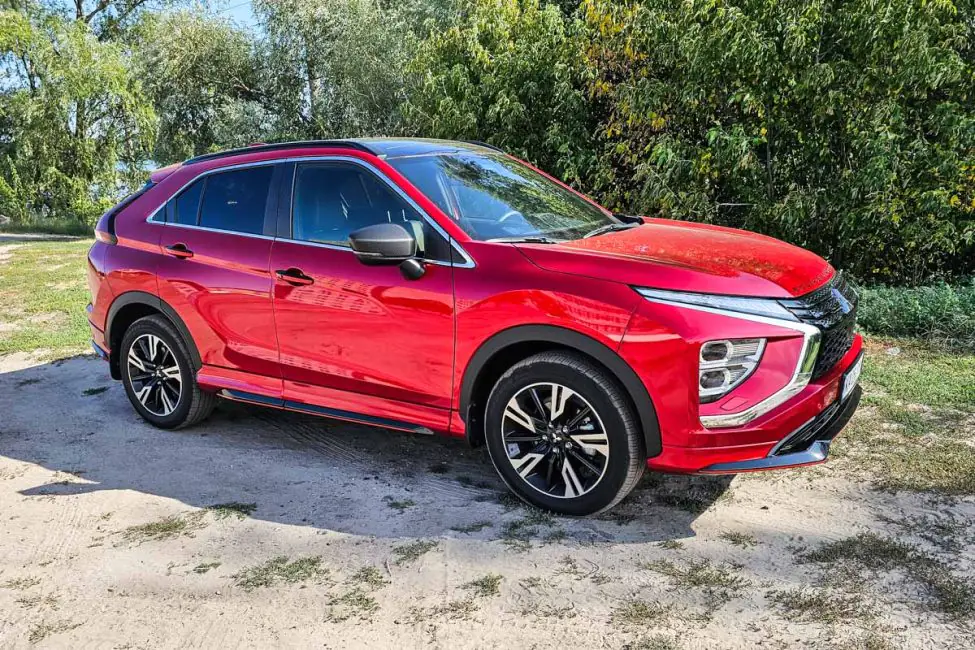
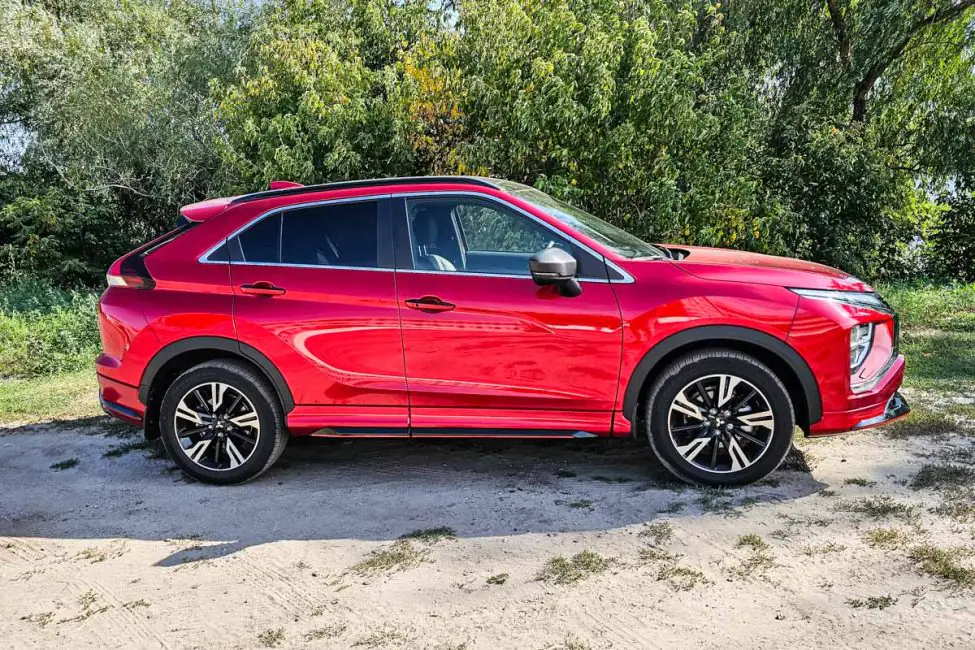
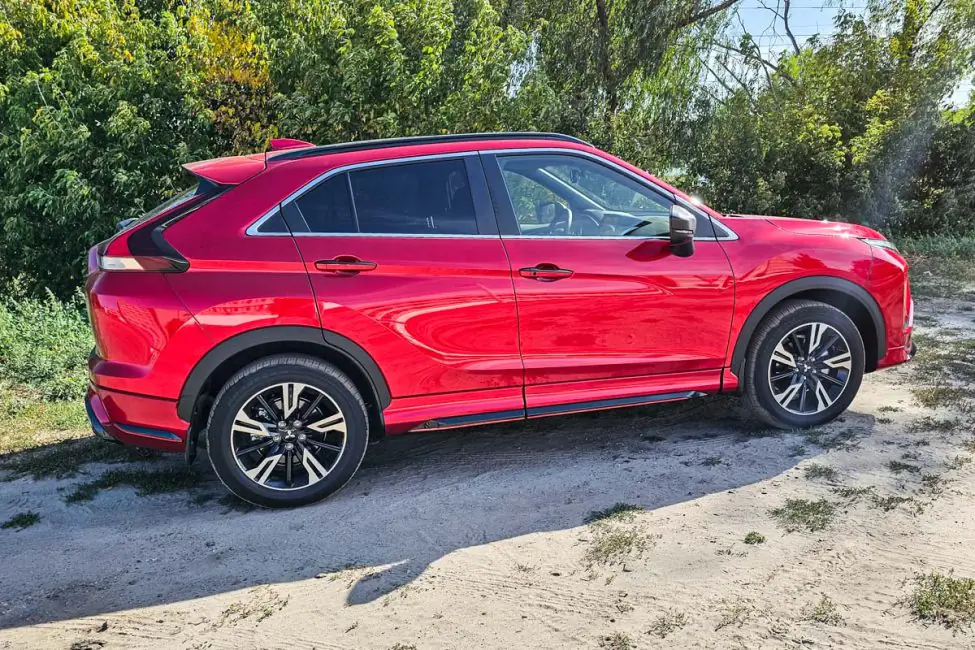
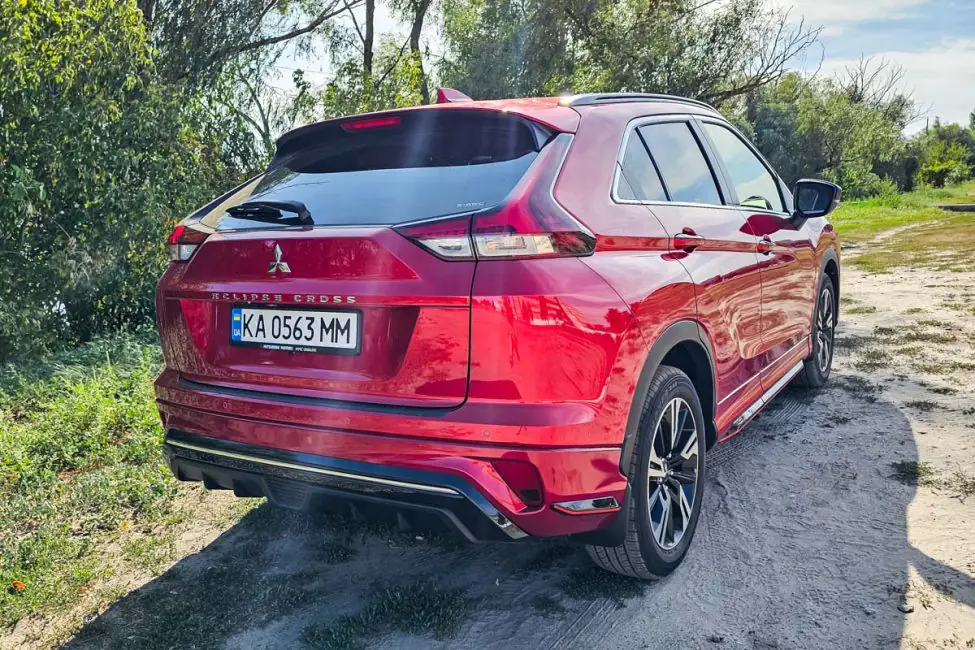
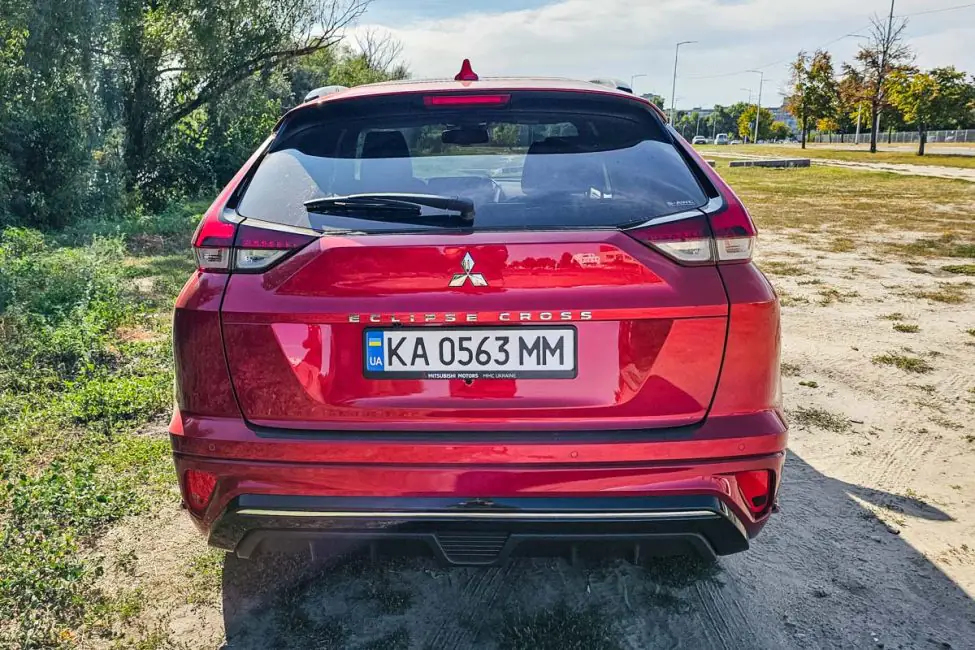
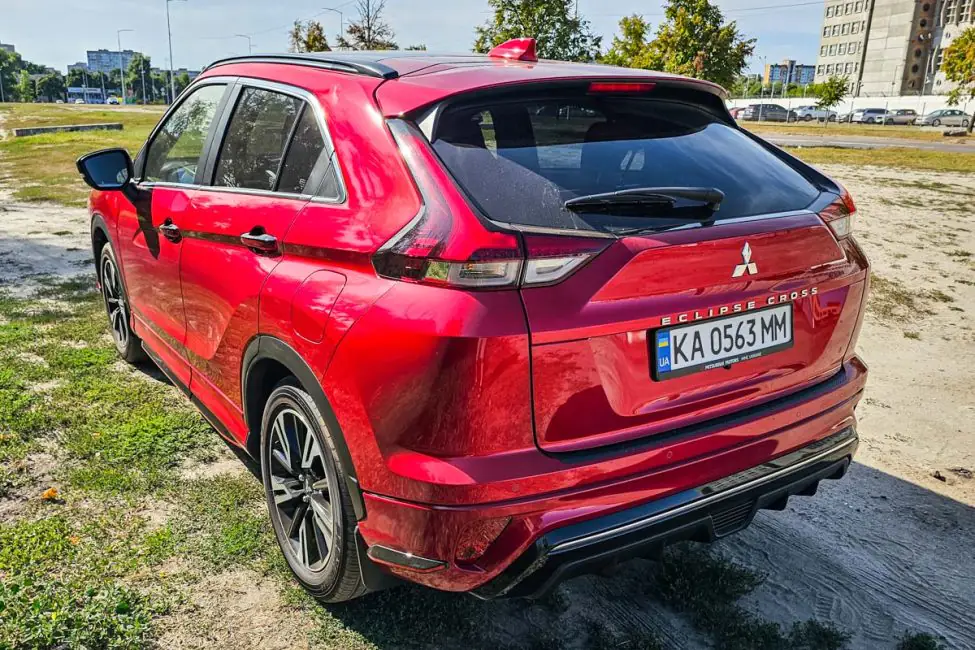
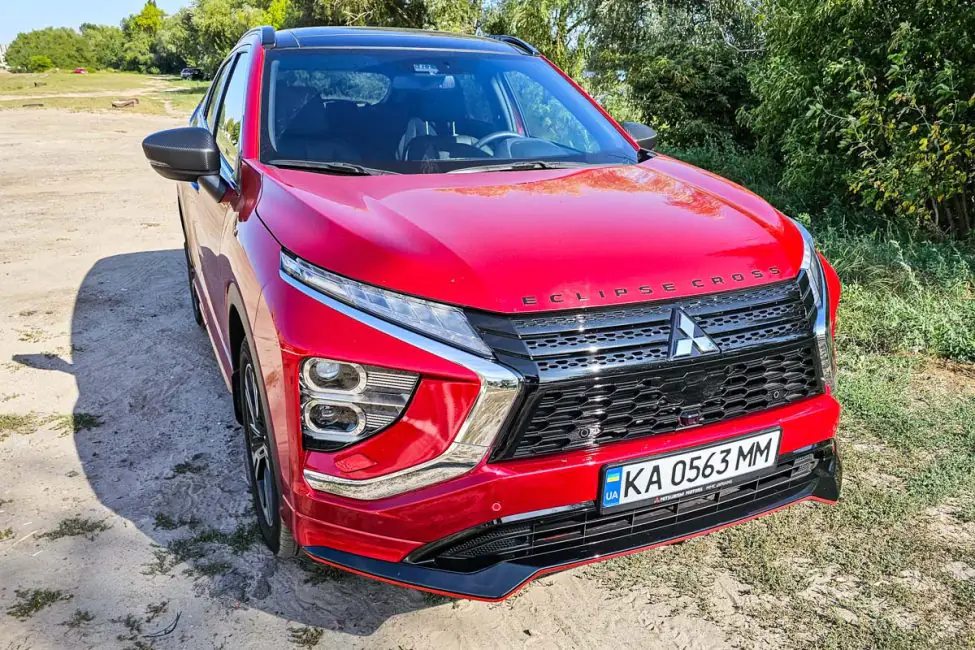
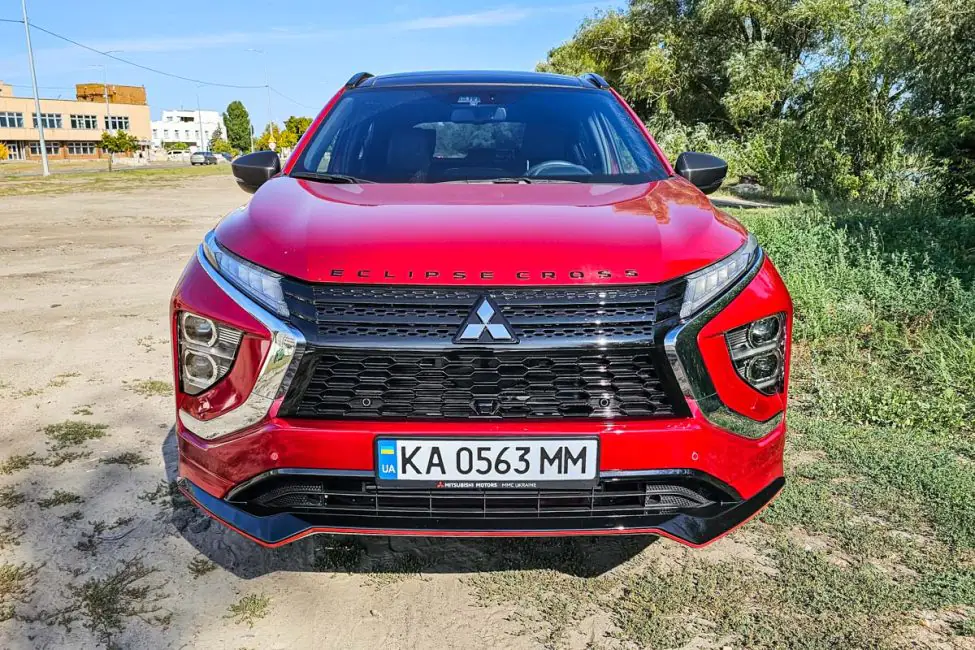

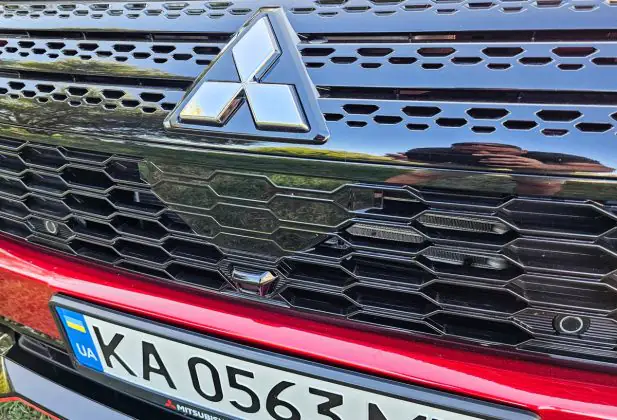

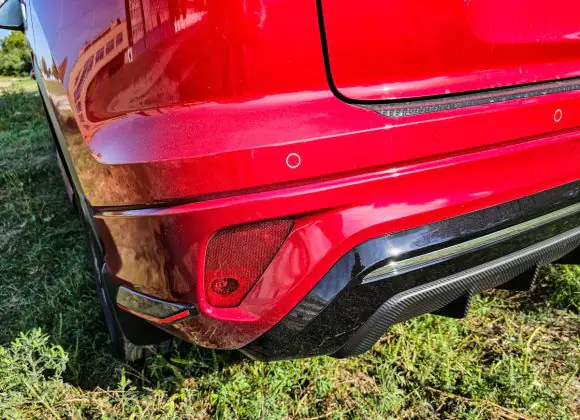
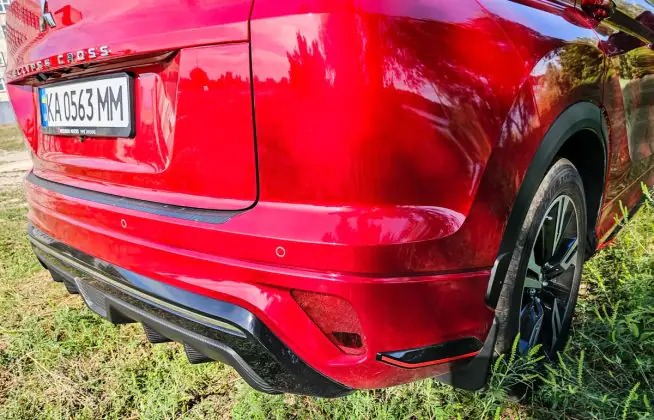
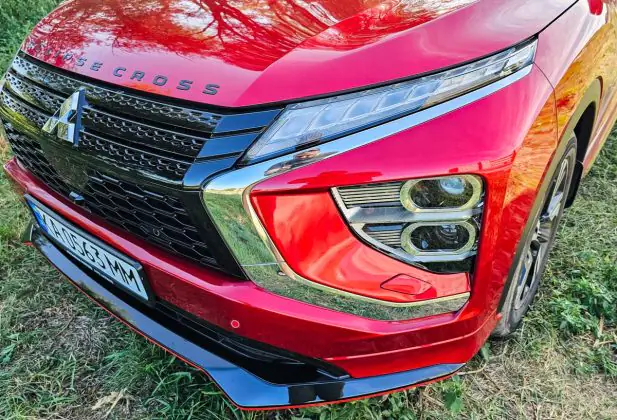
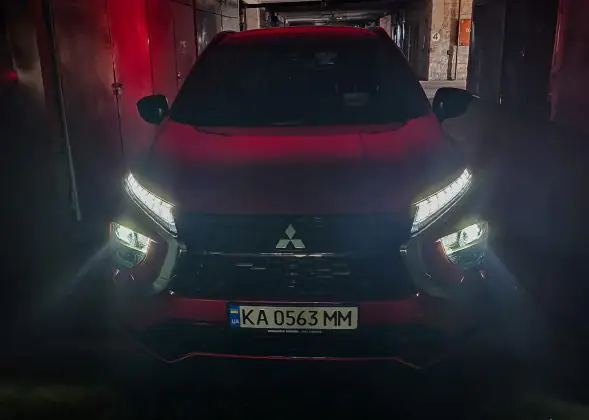

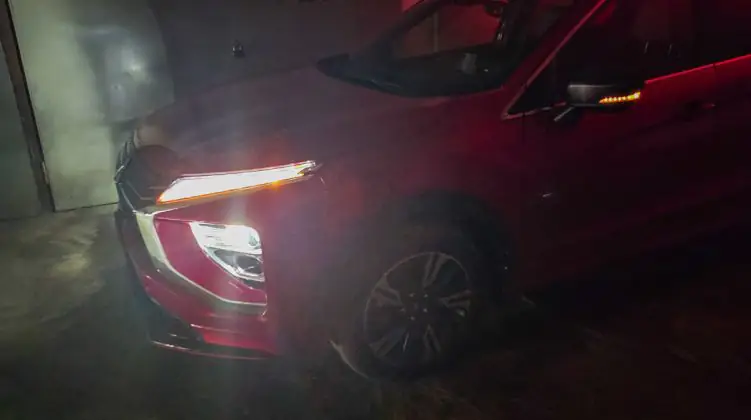
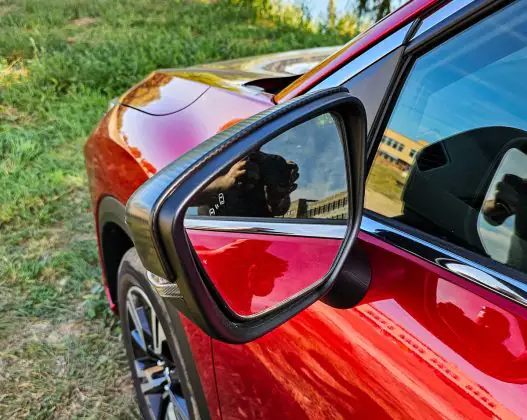
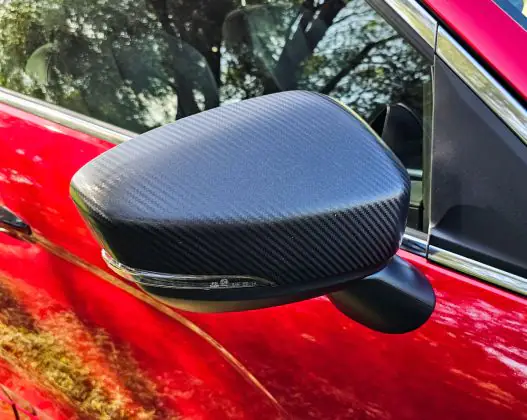
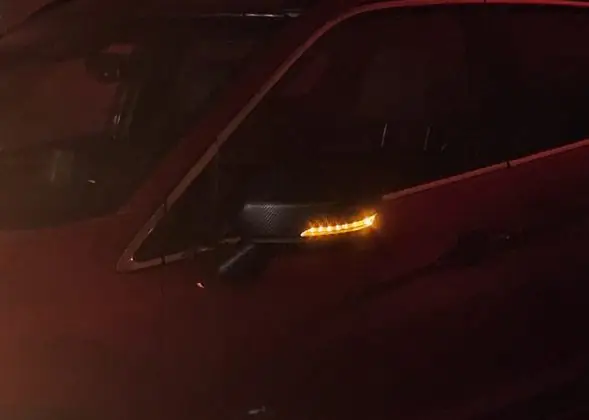
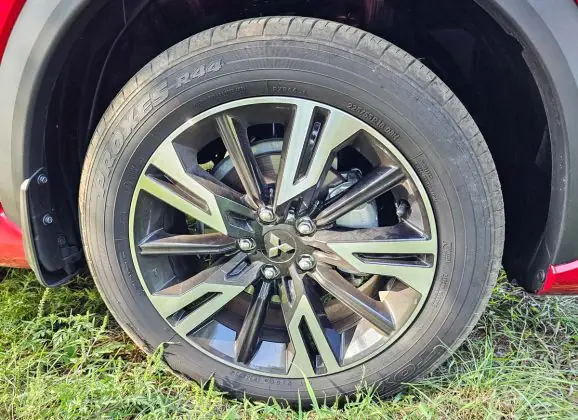
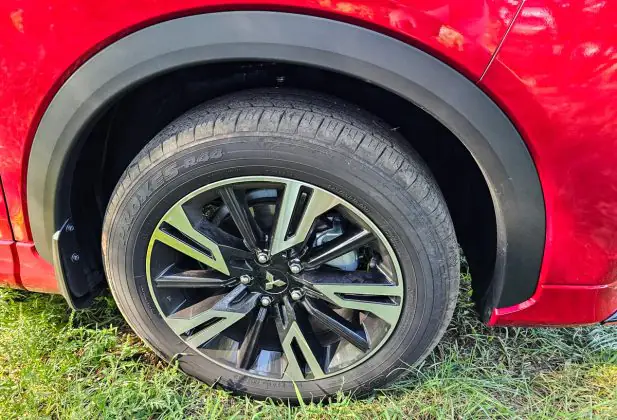
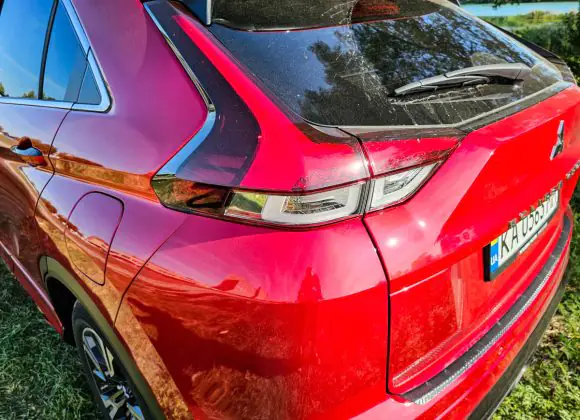
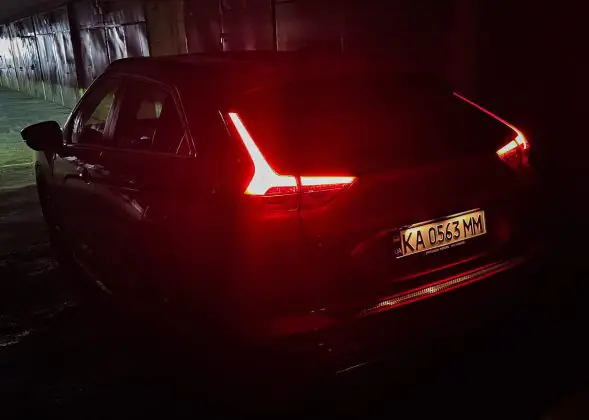
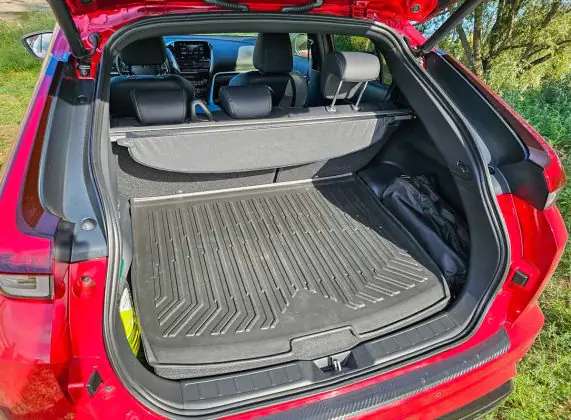
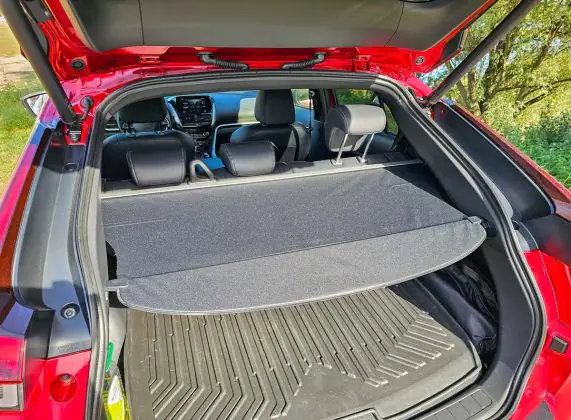
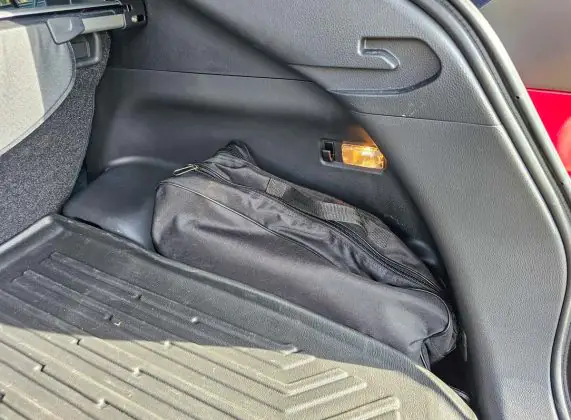
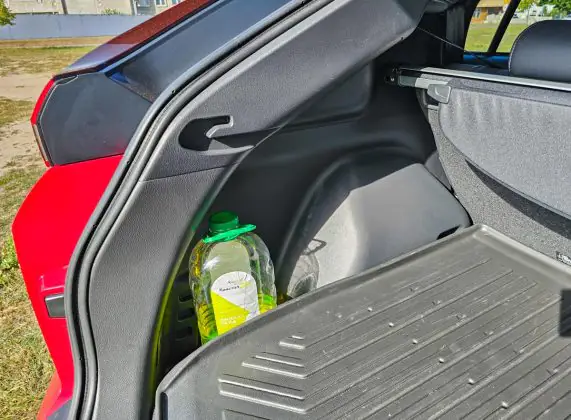
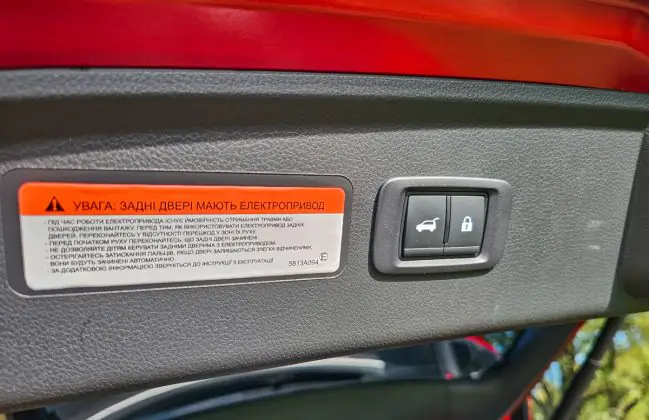
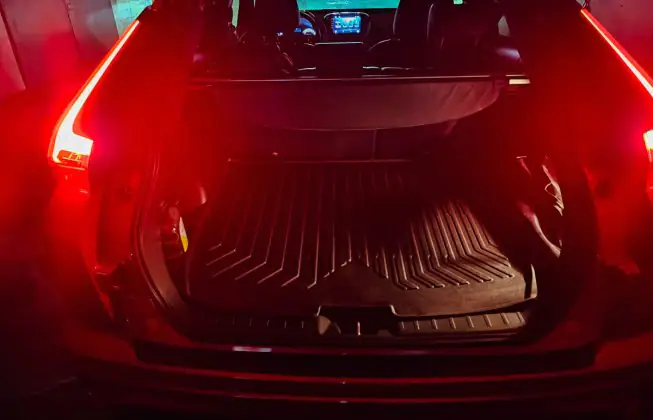
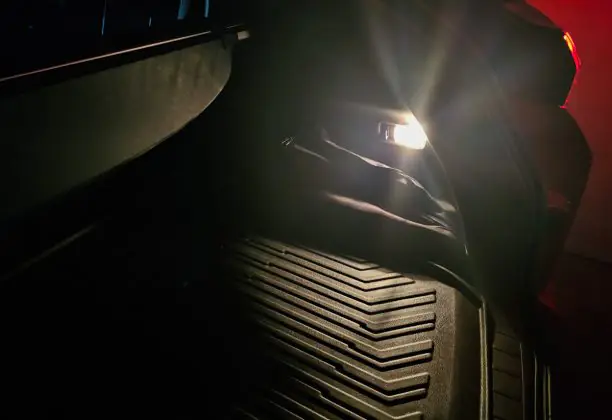
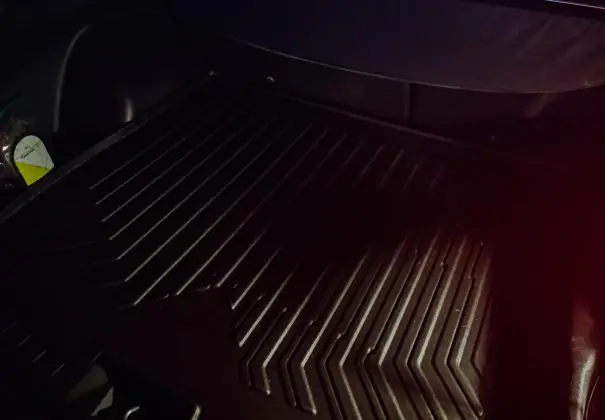
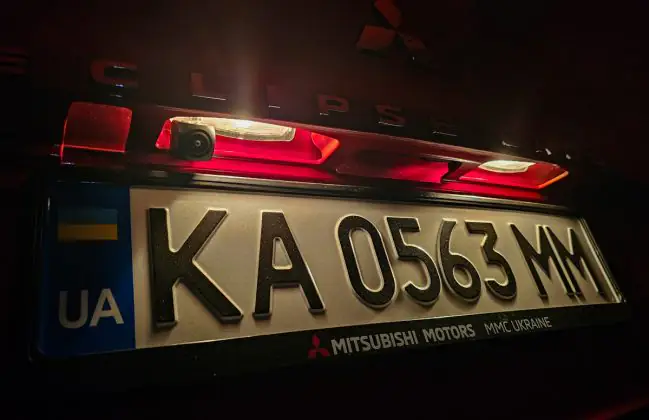
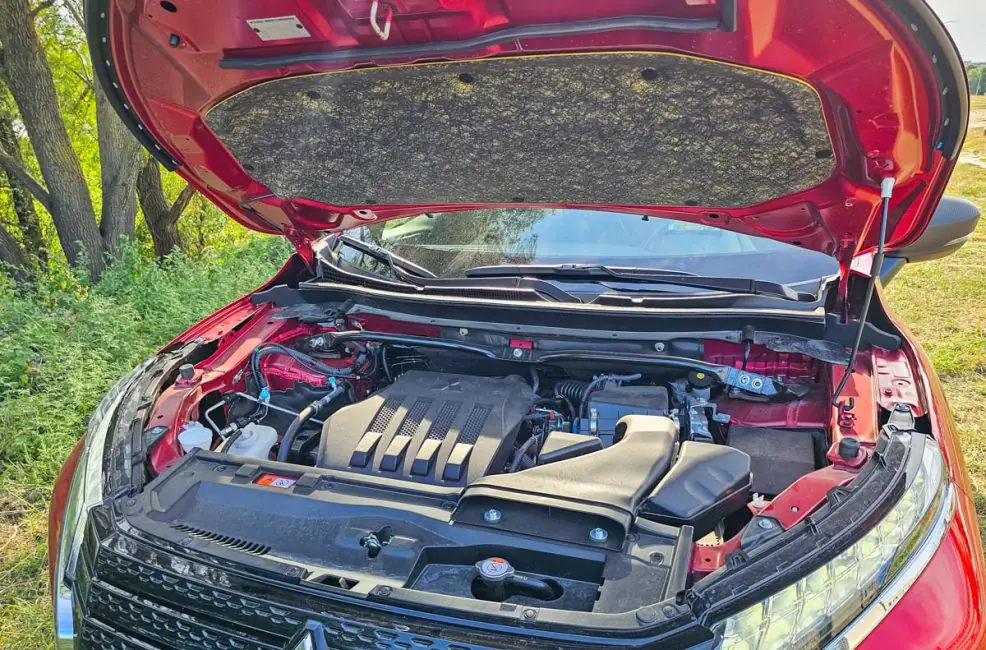

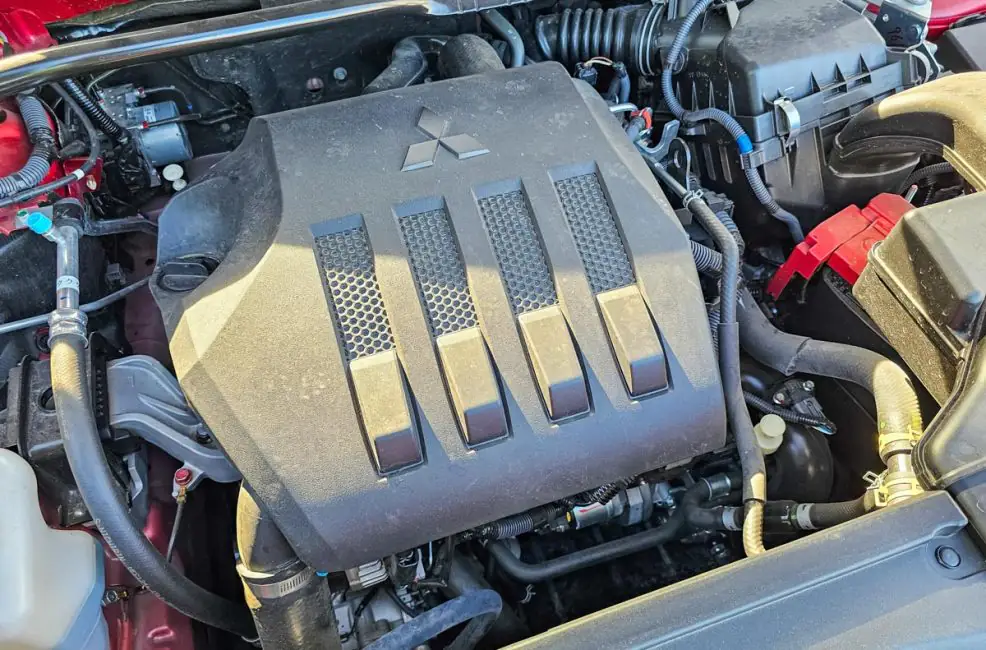
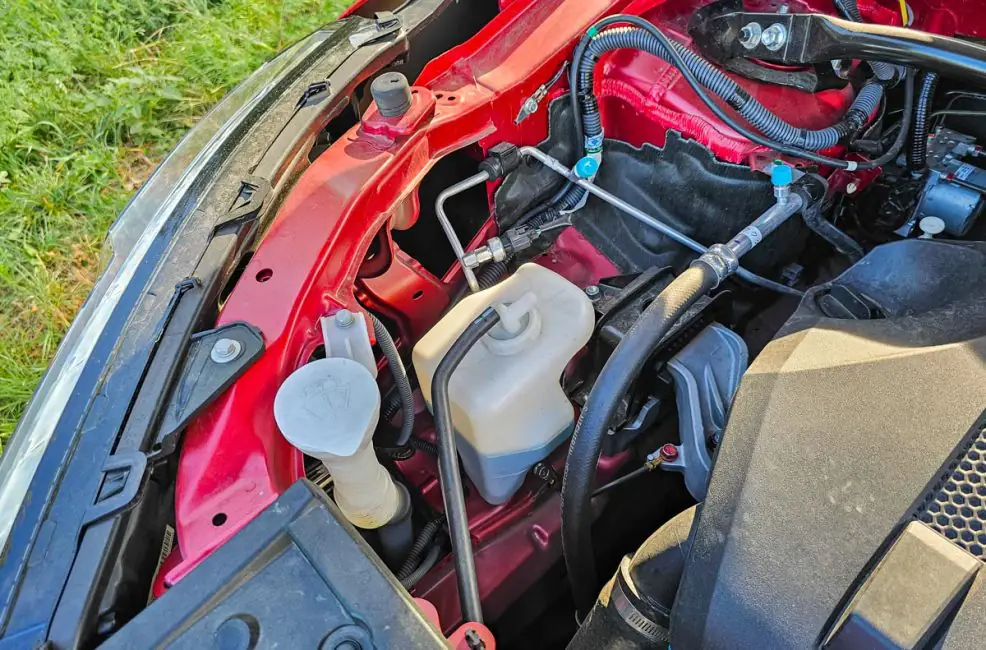
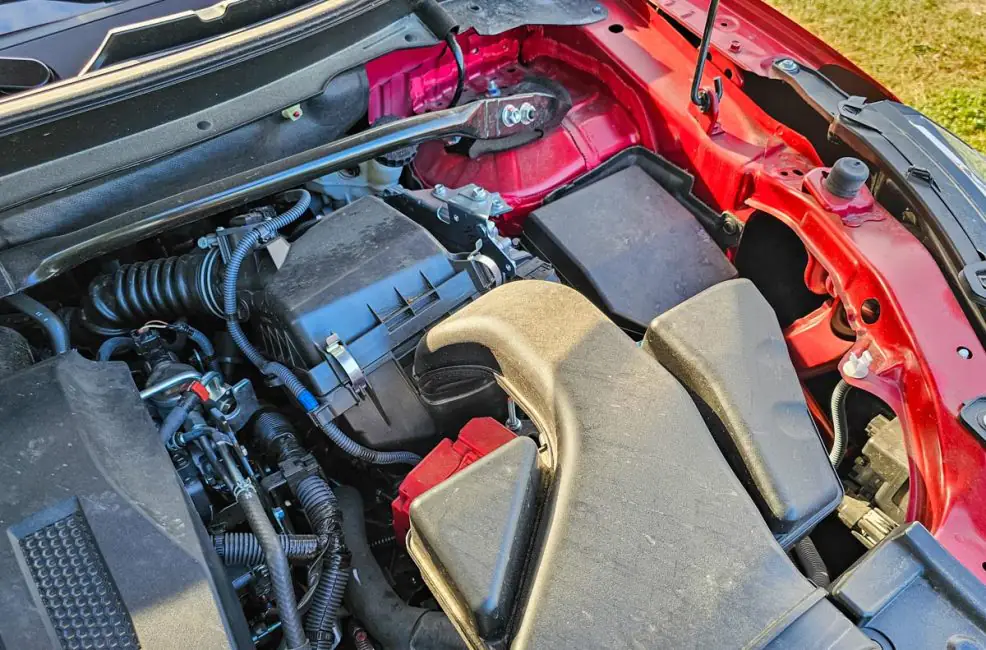
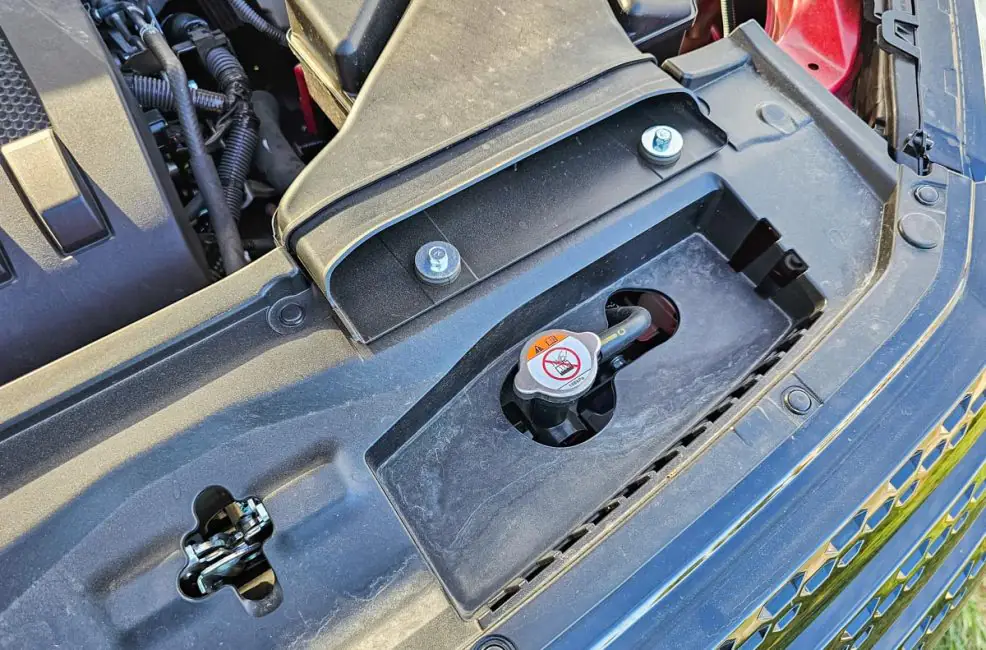
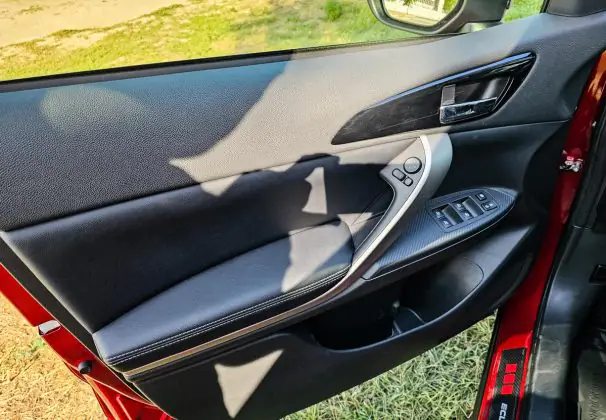
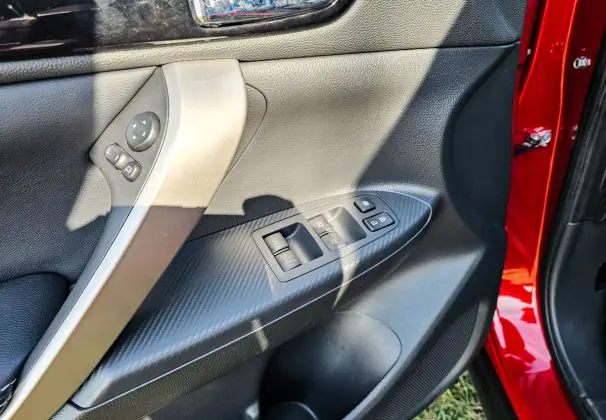
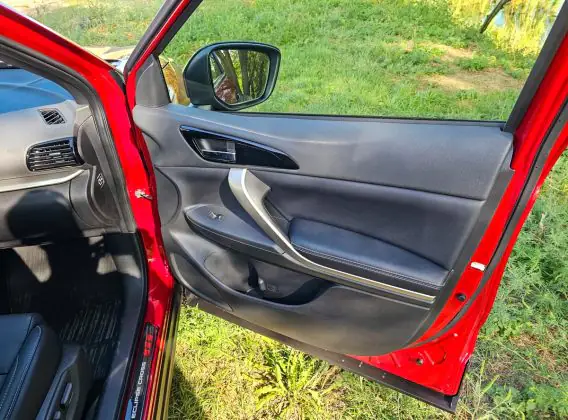
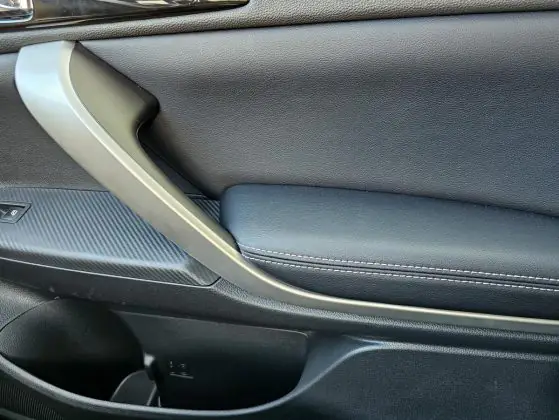
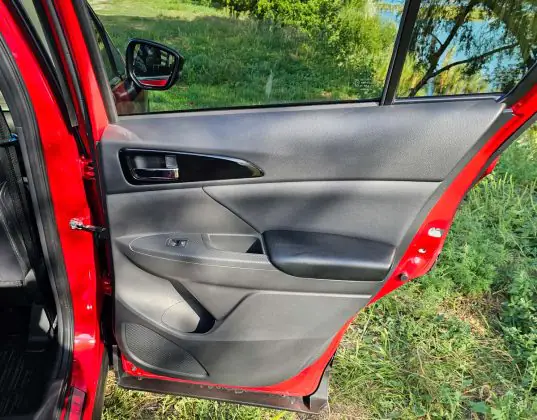
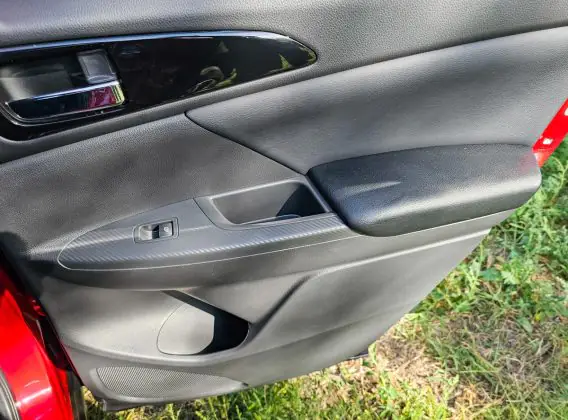
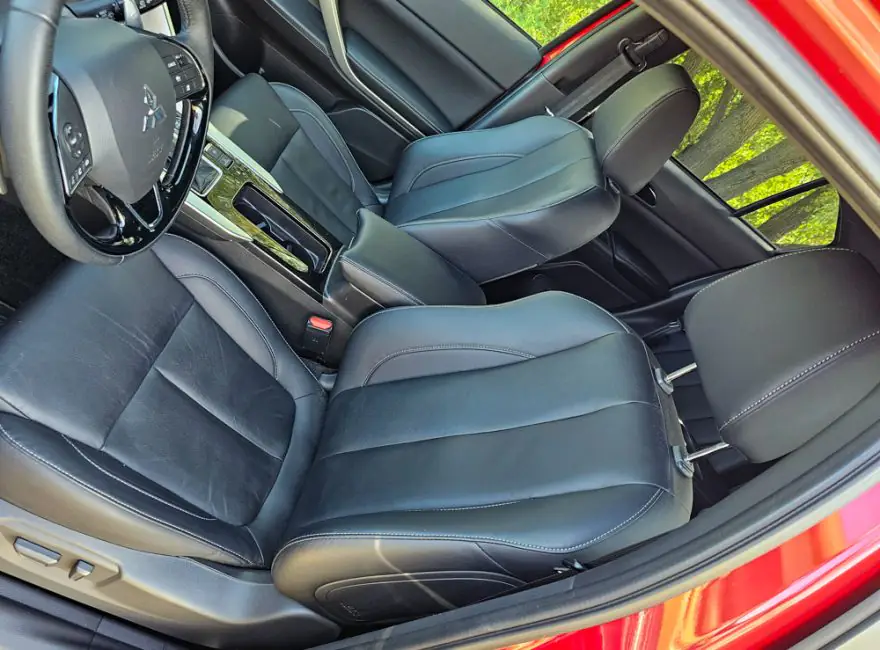
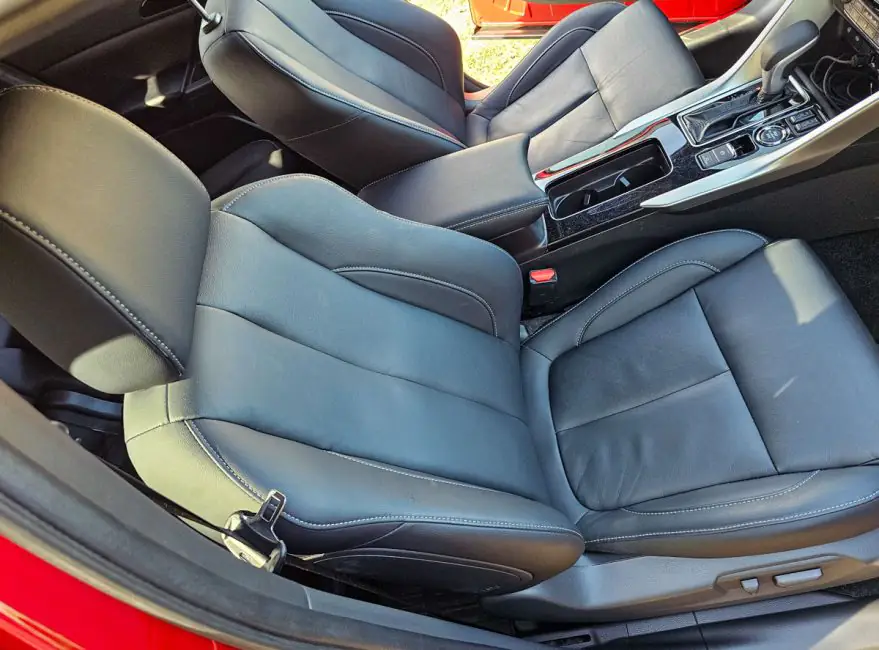
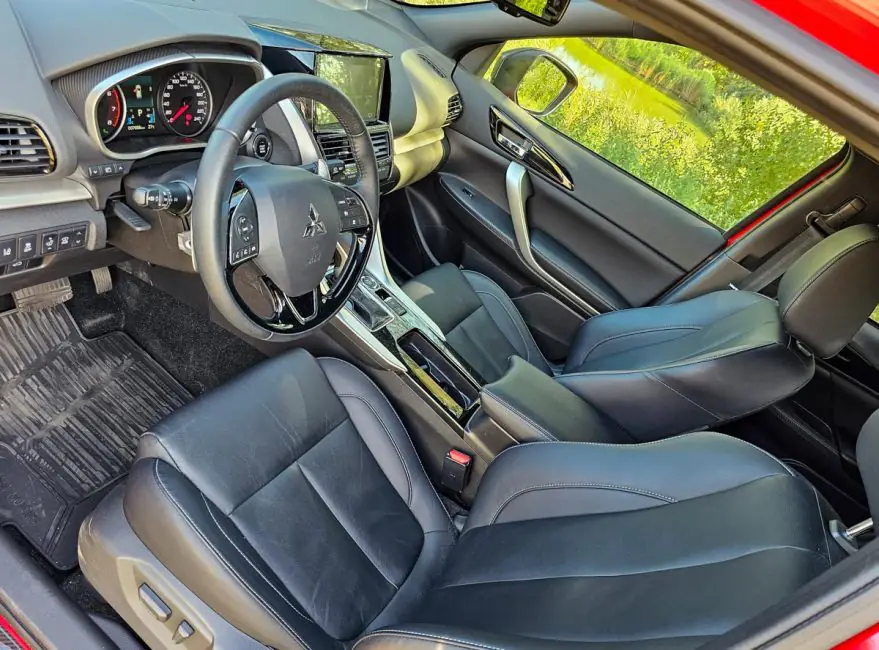
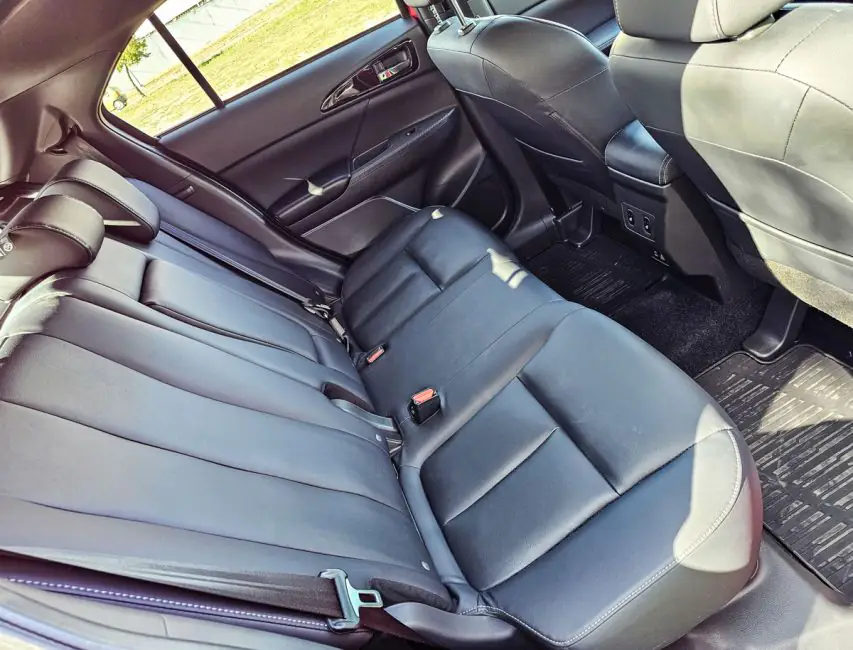
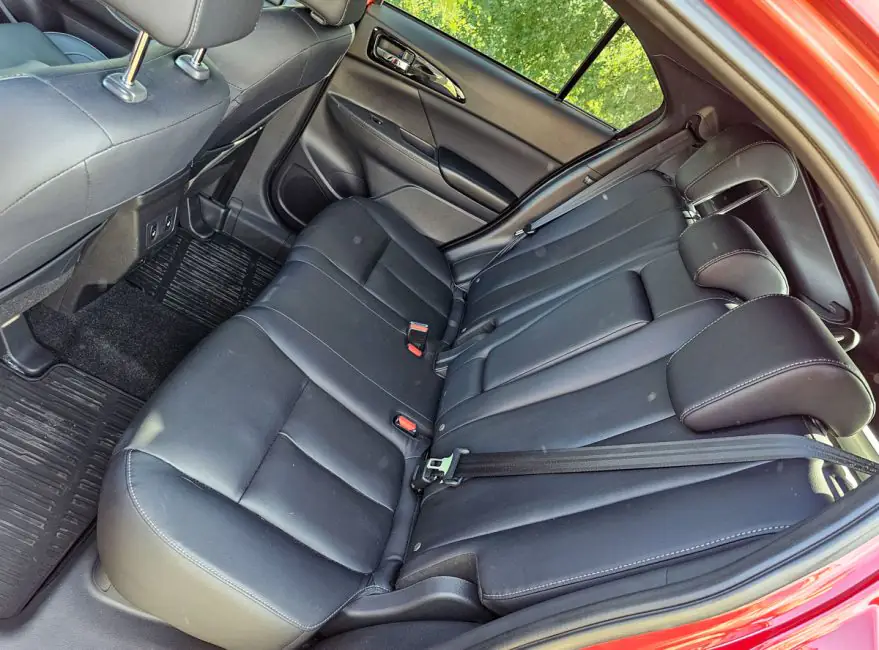
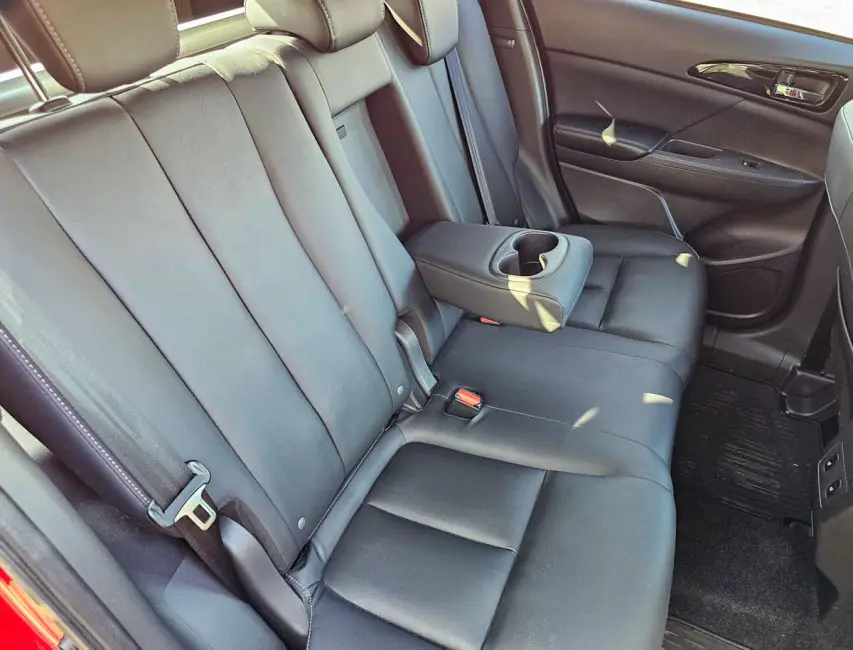


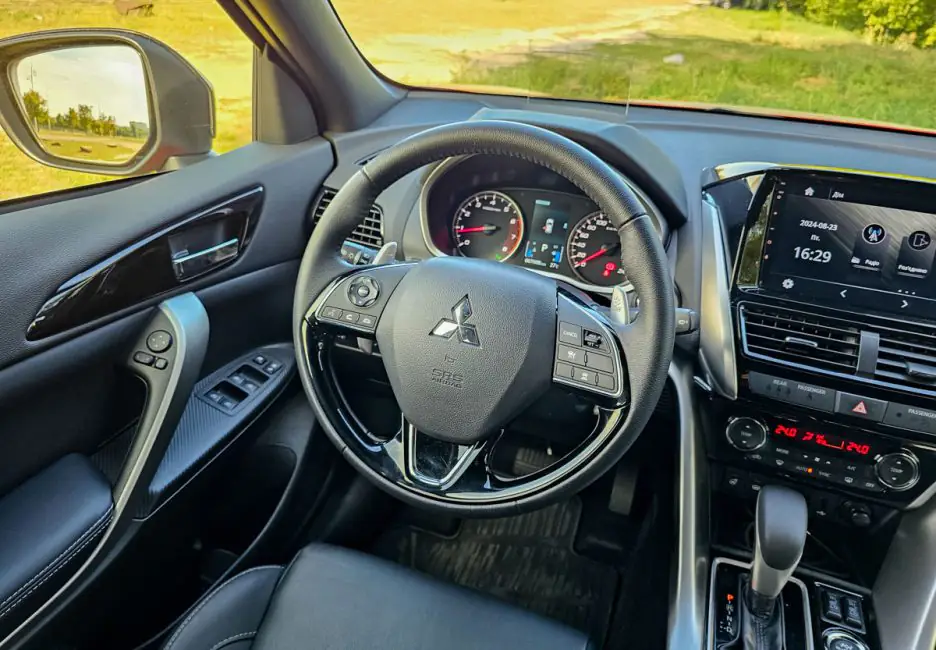

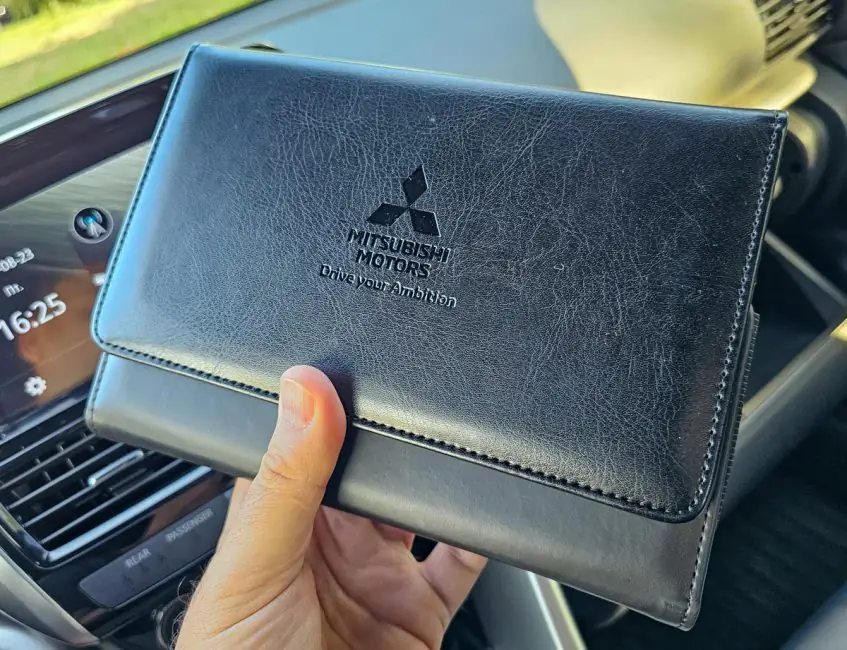

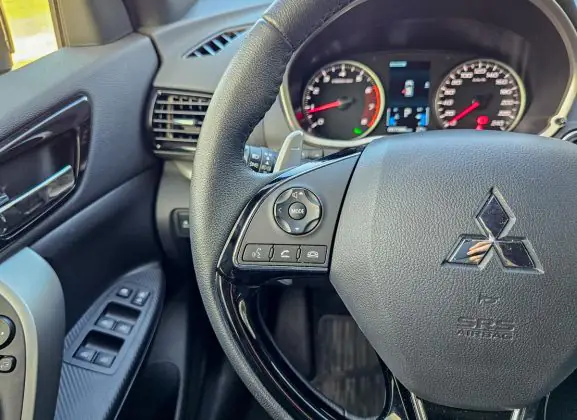
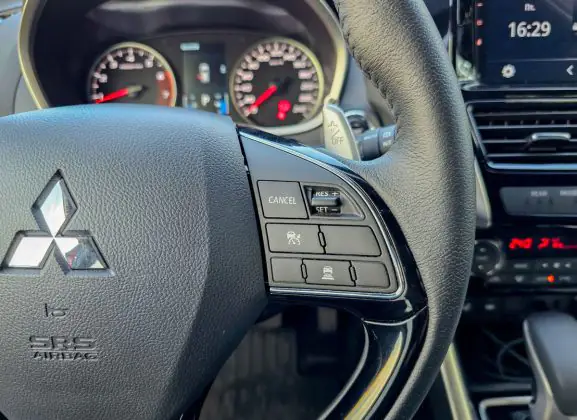
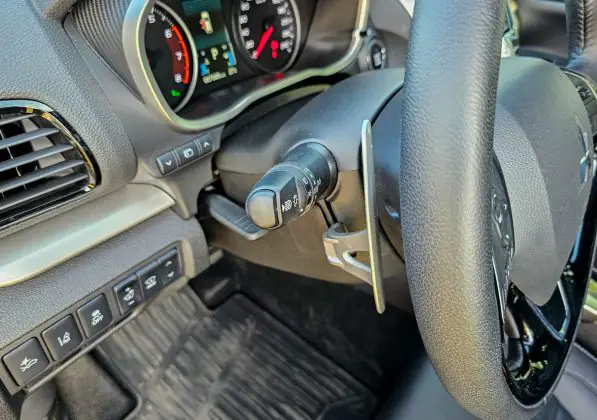


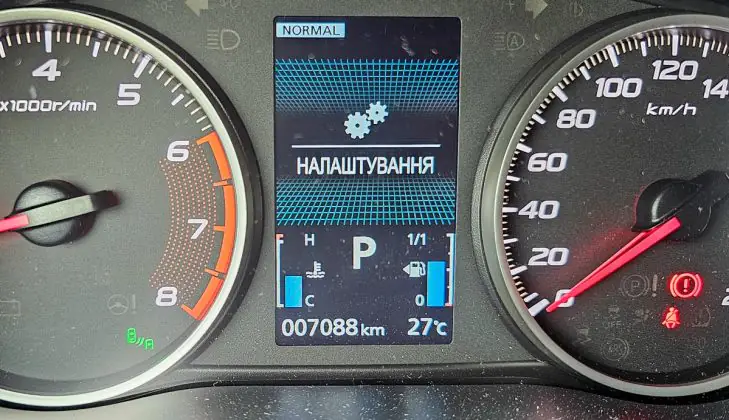

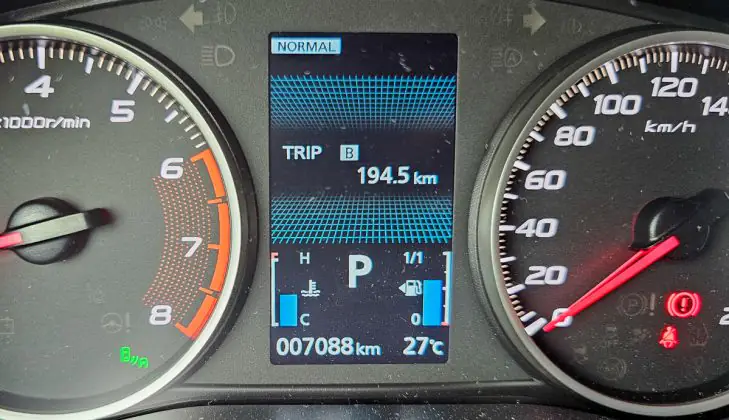
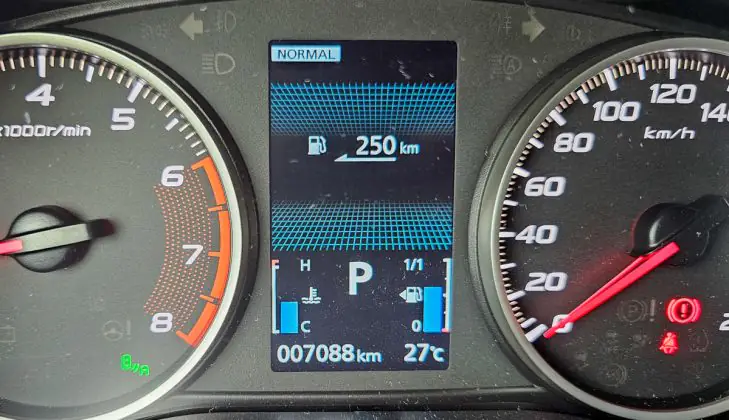
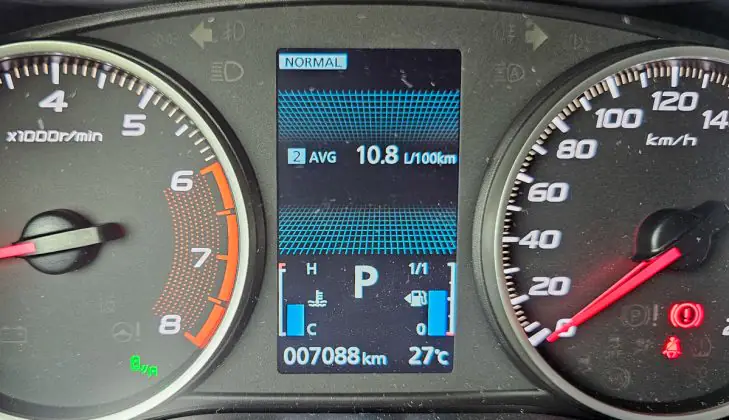

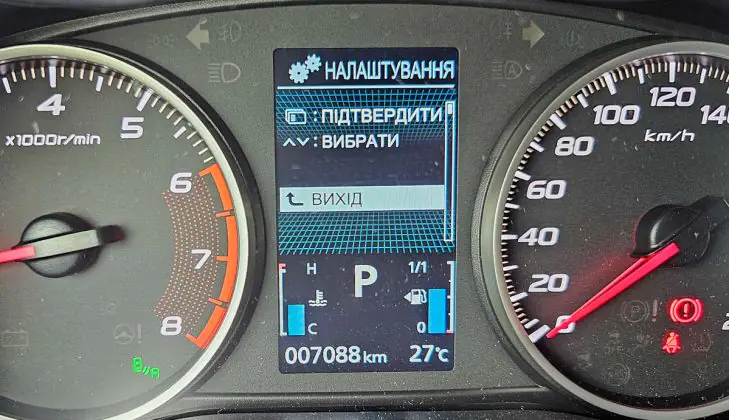
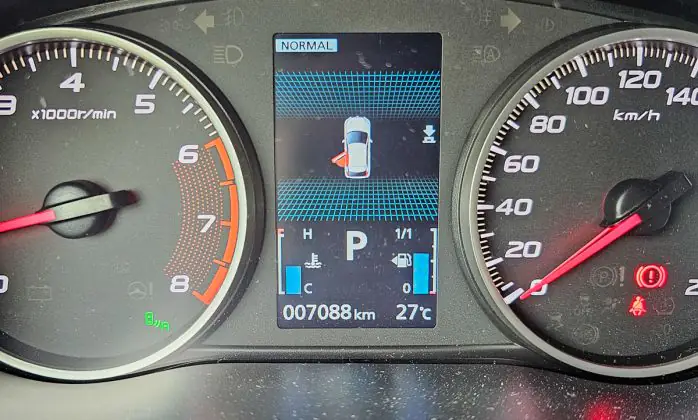
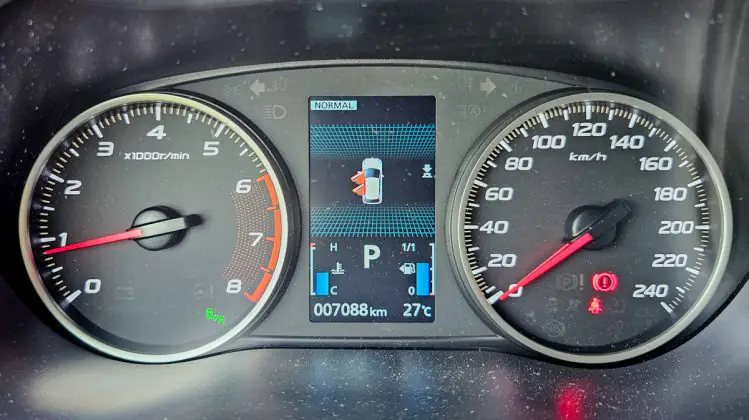
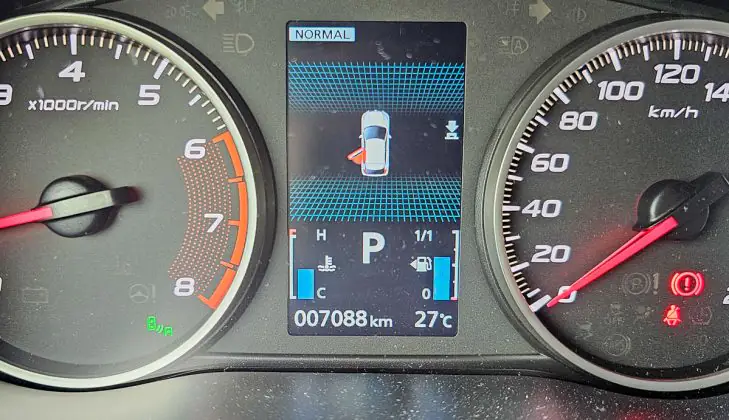
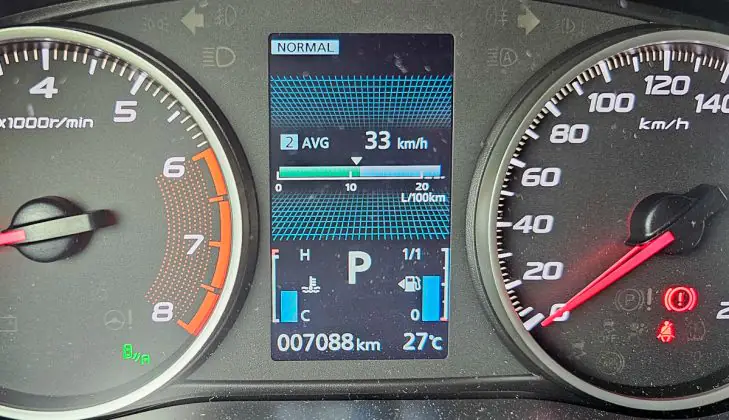
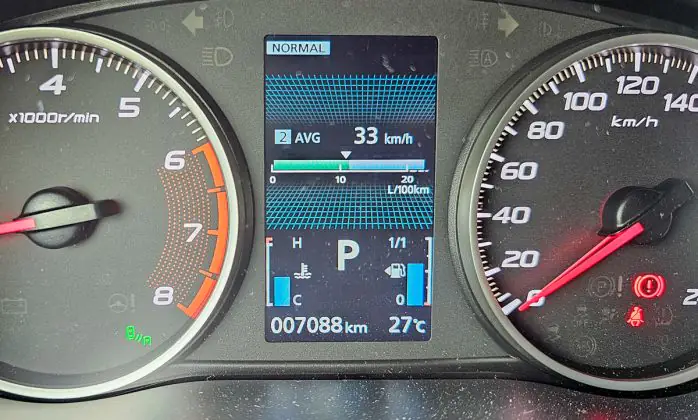
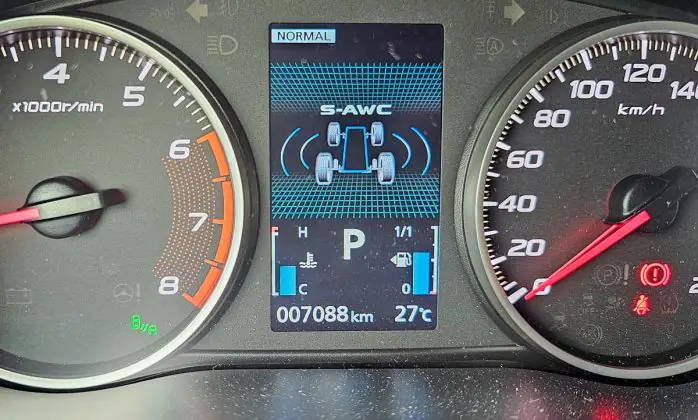
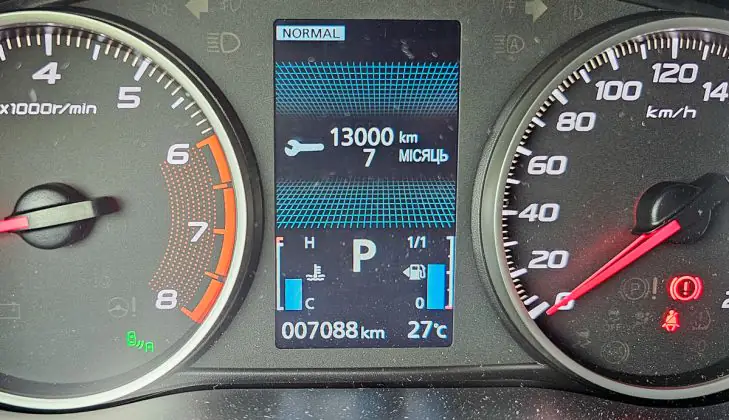
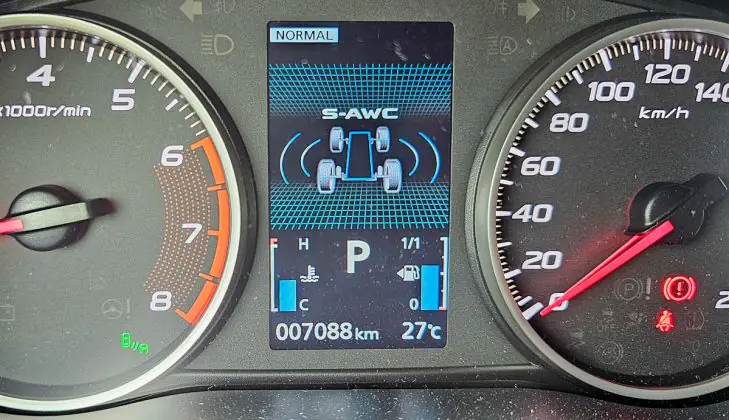
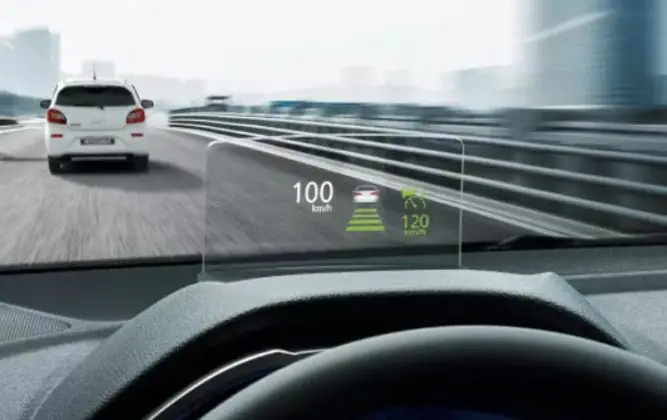

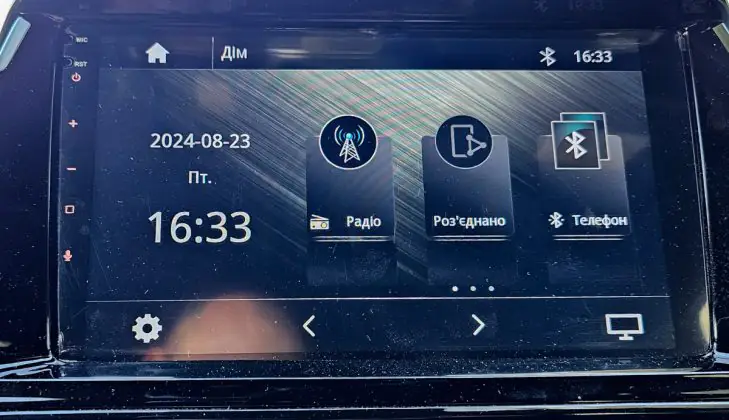
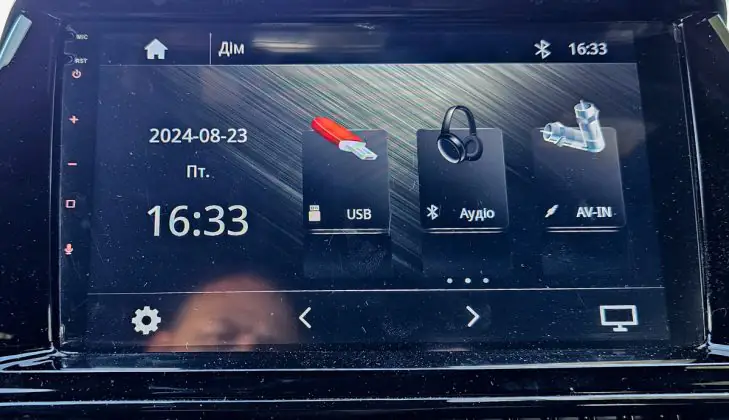
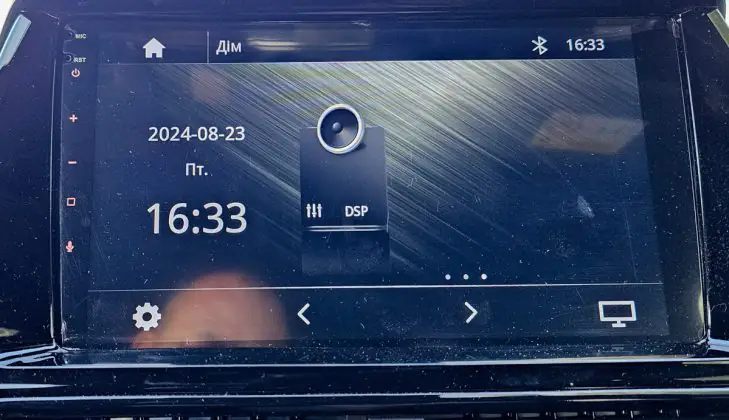
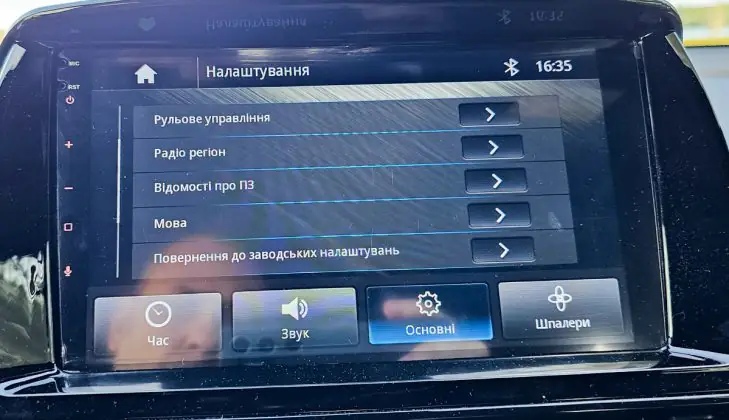
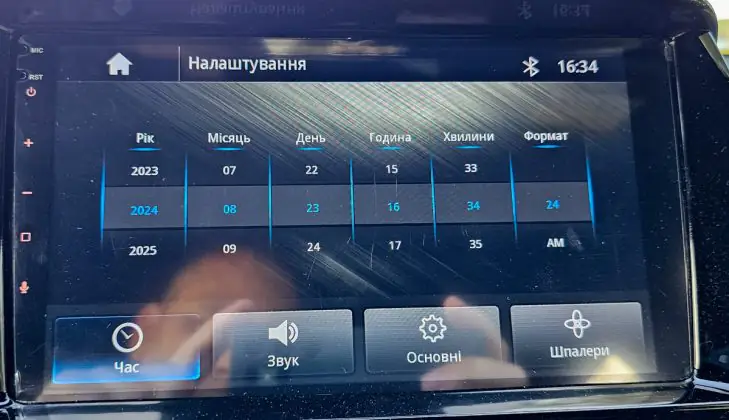

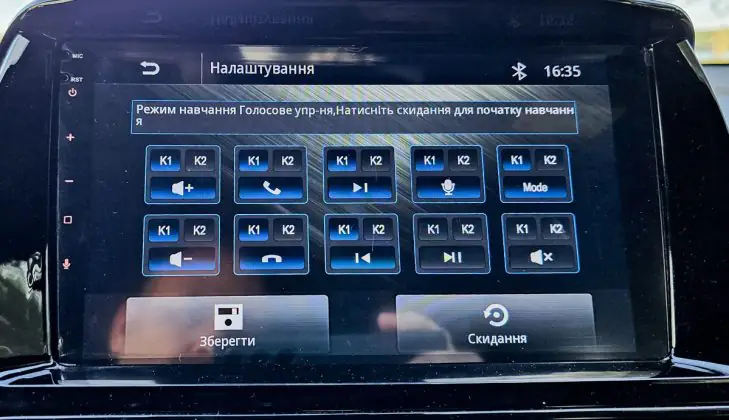
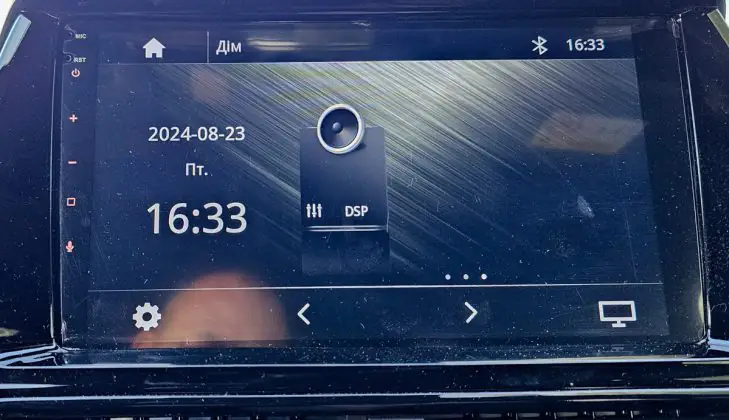

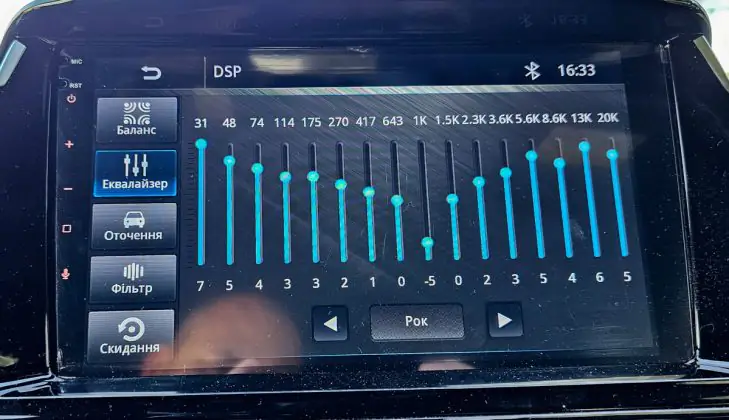
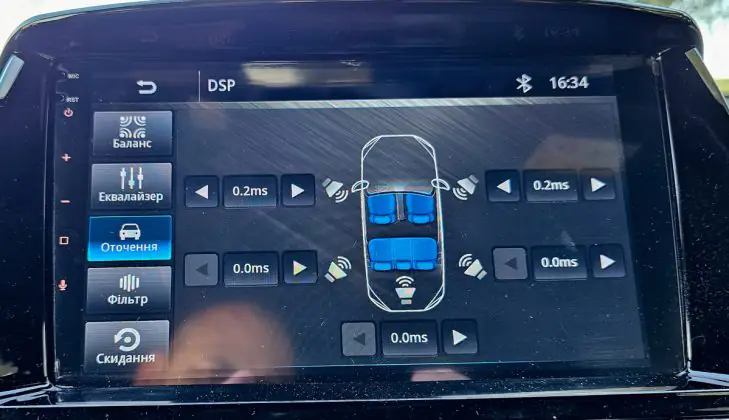
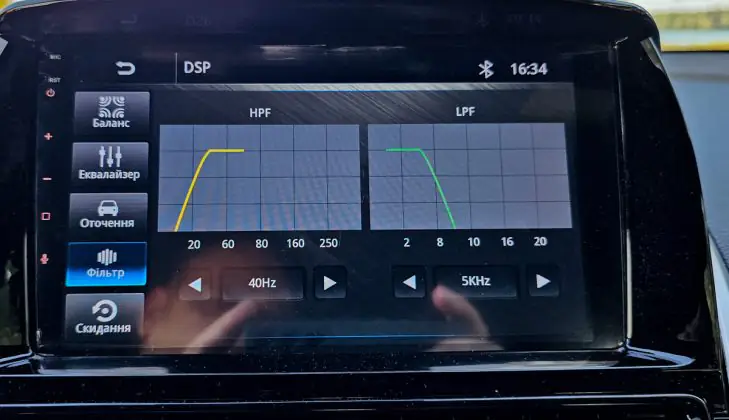
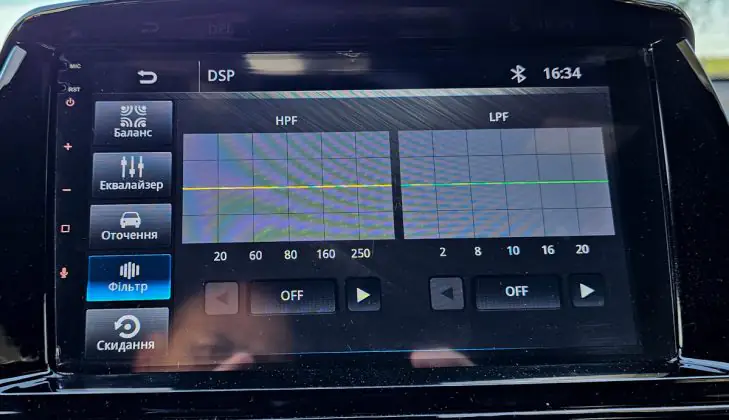
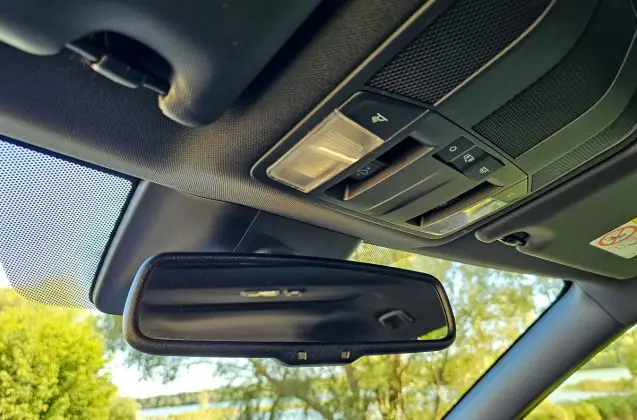
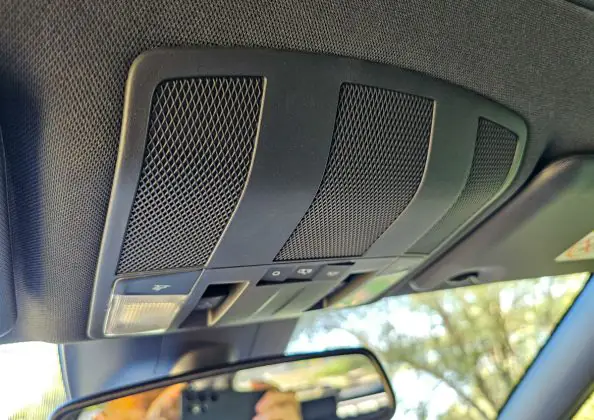

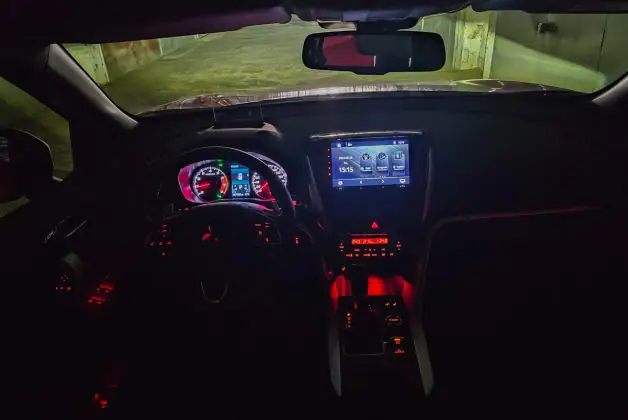
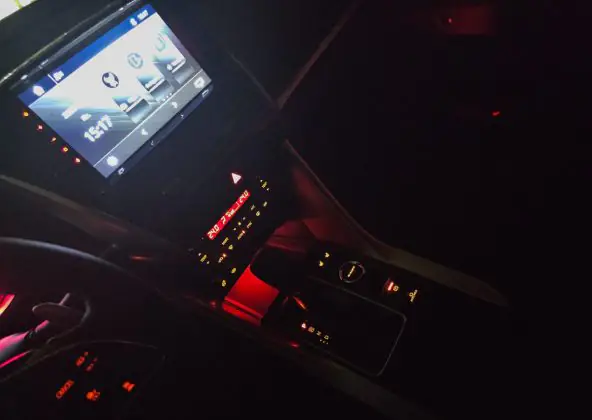
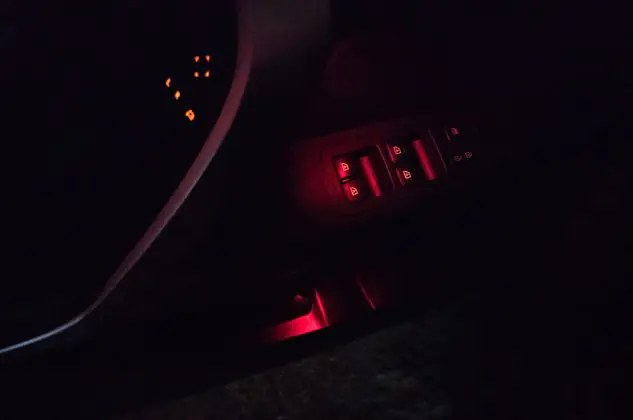
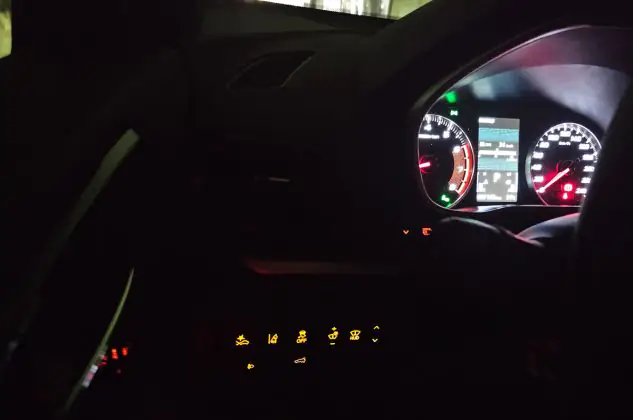
wow